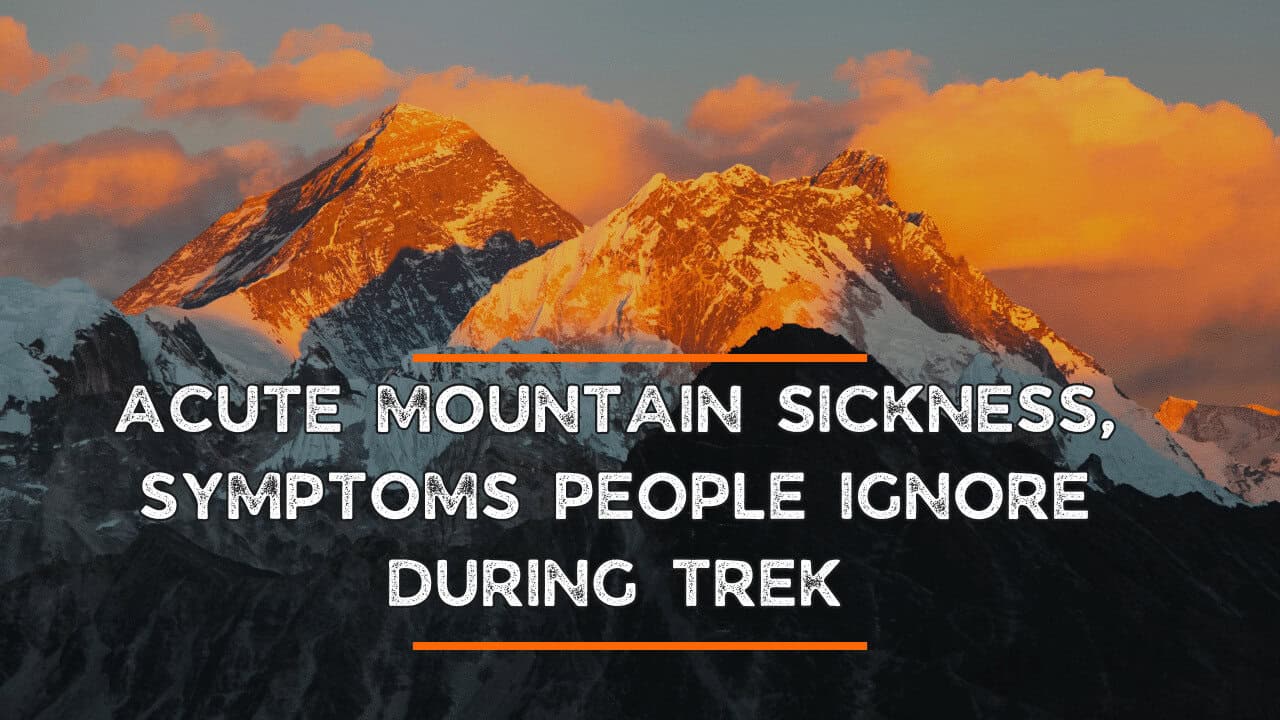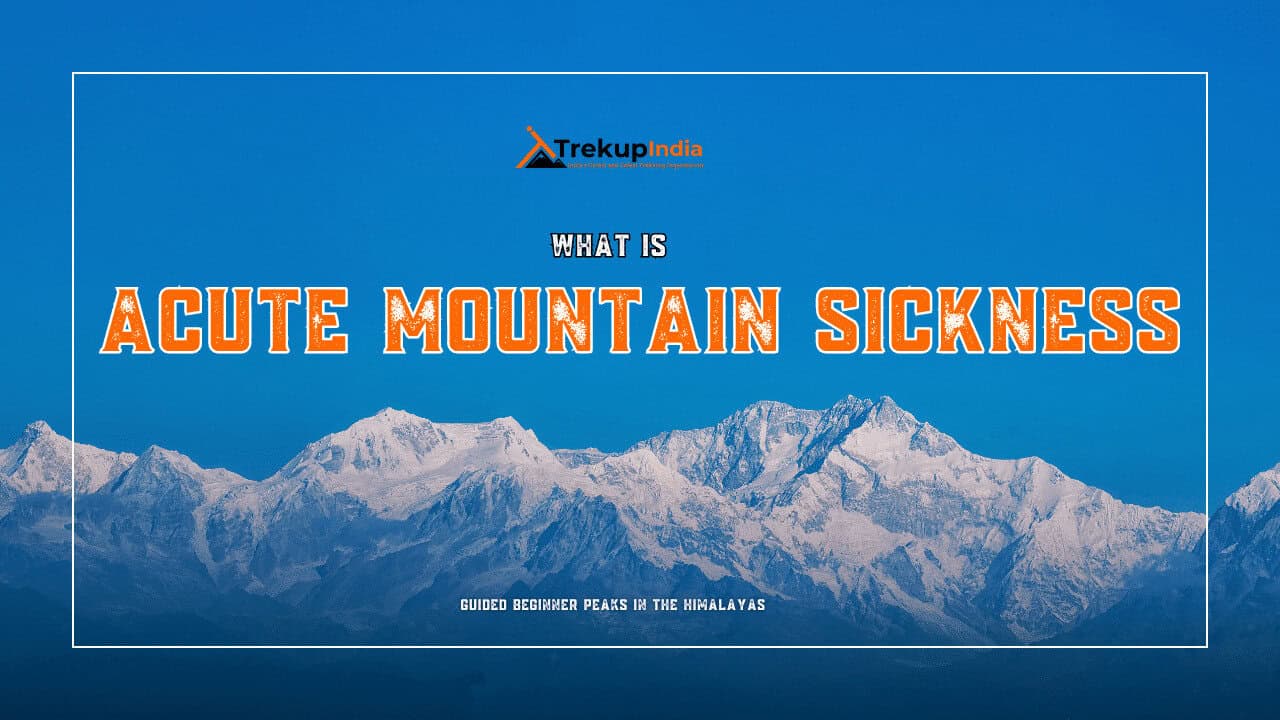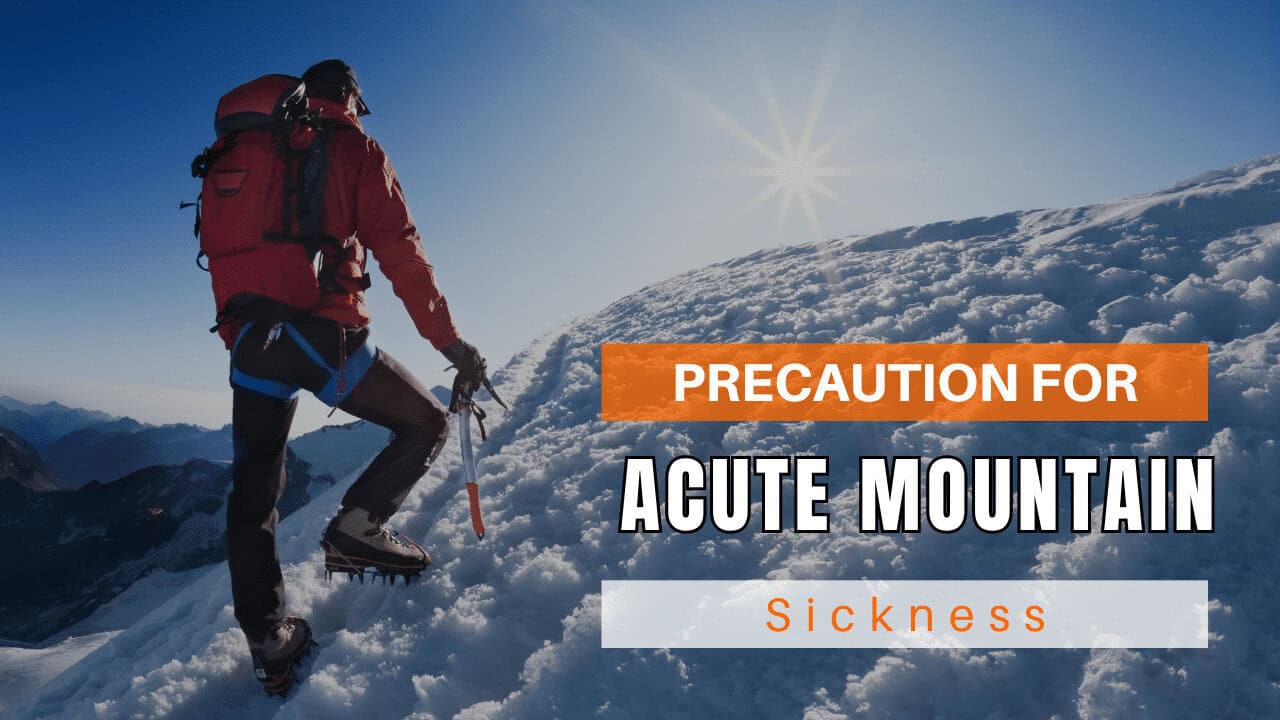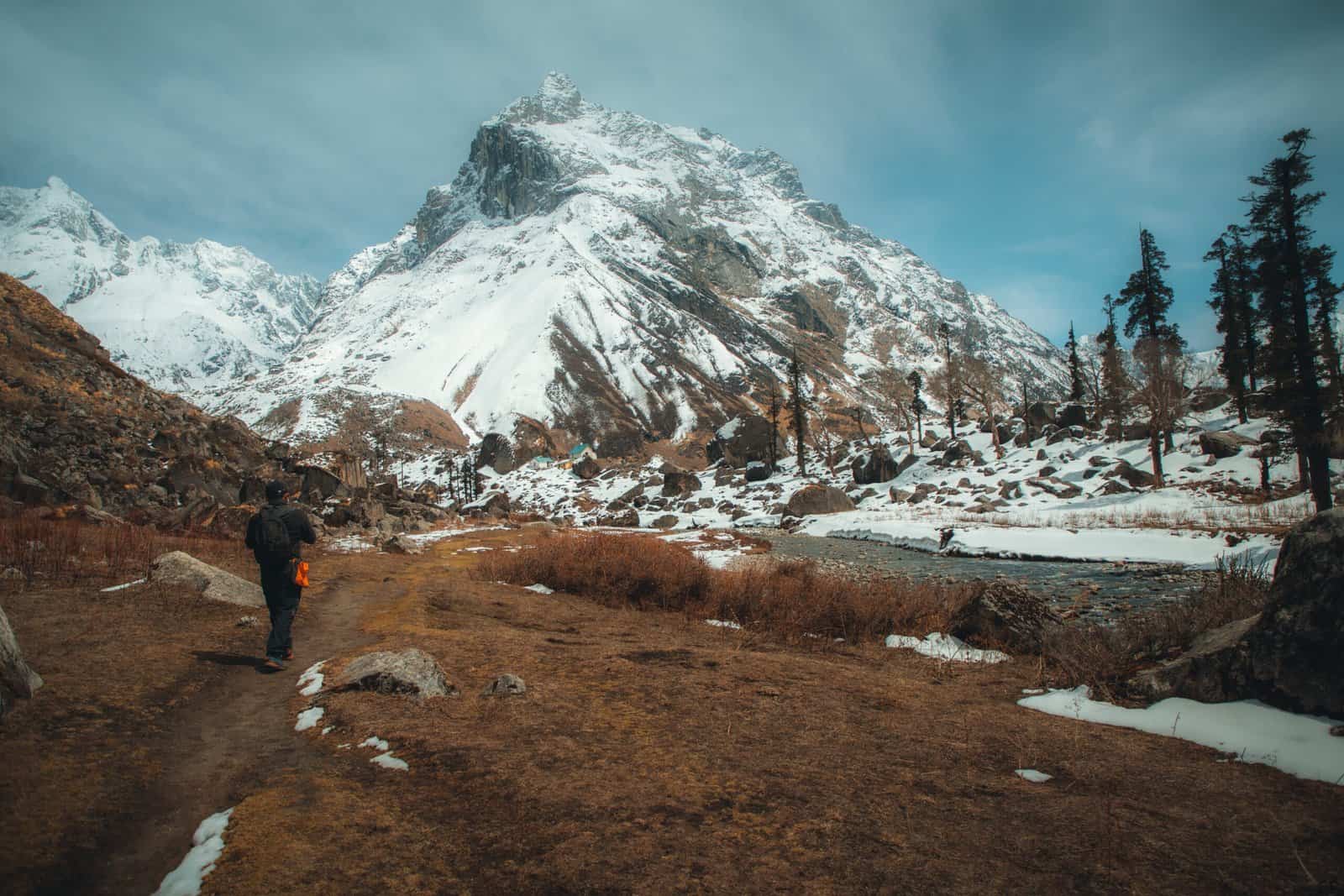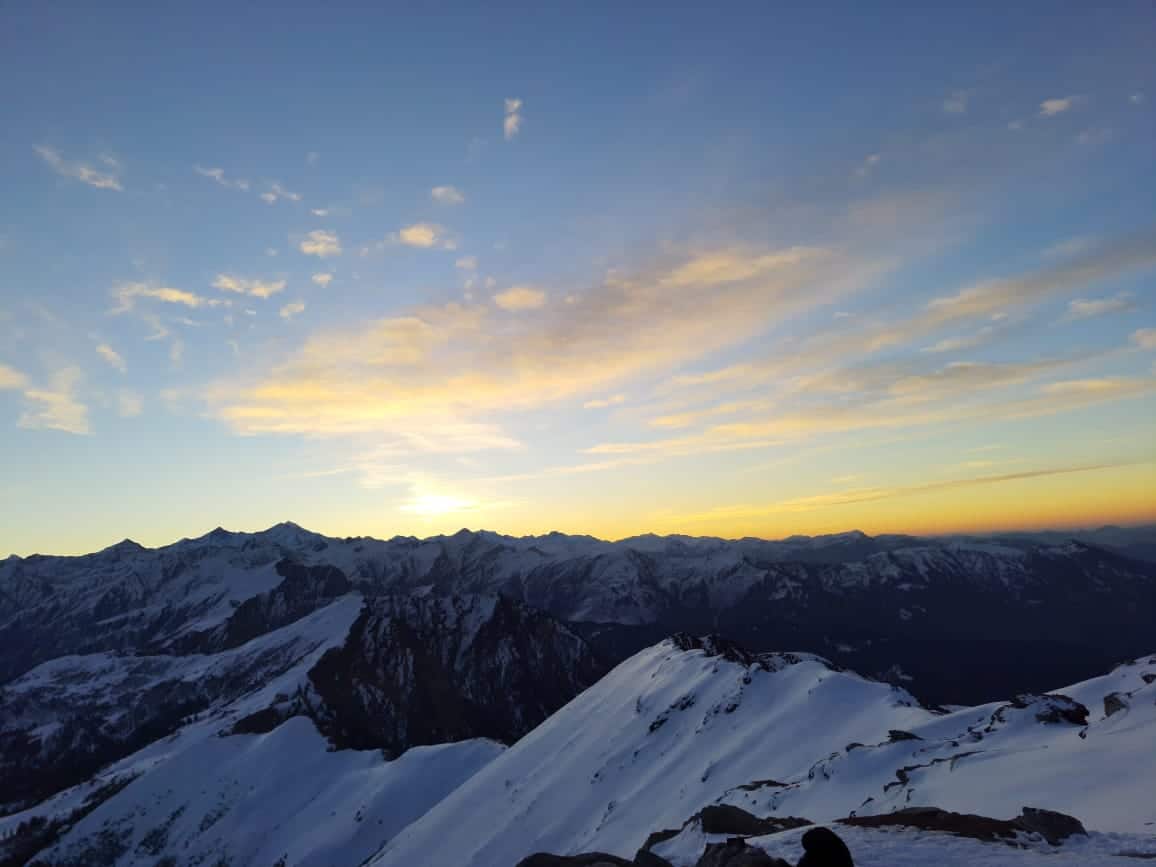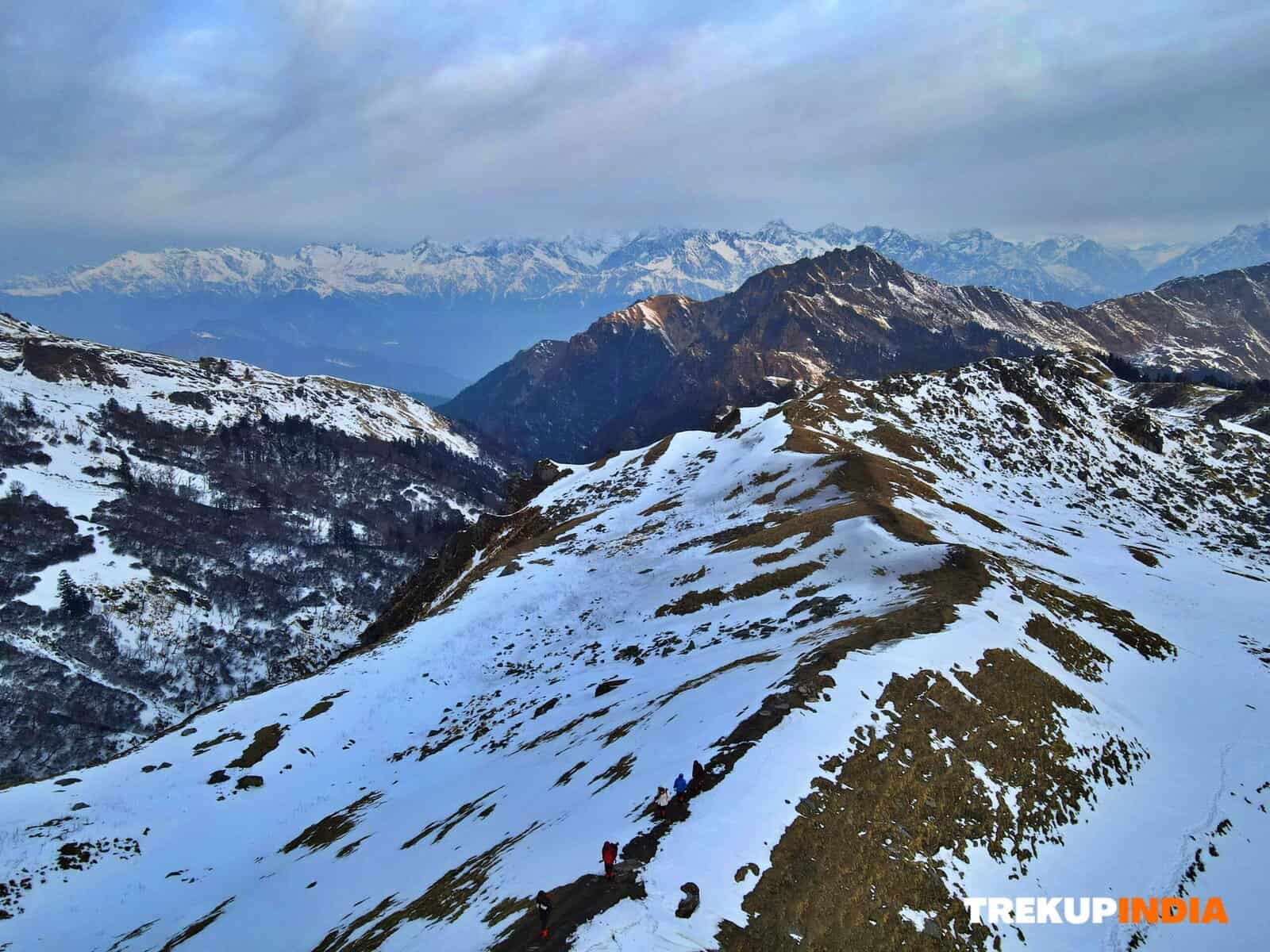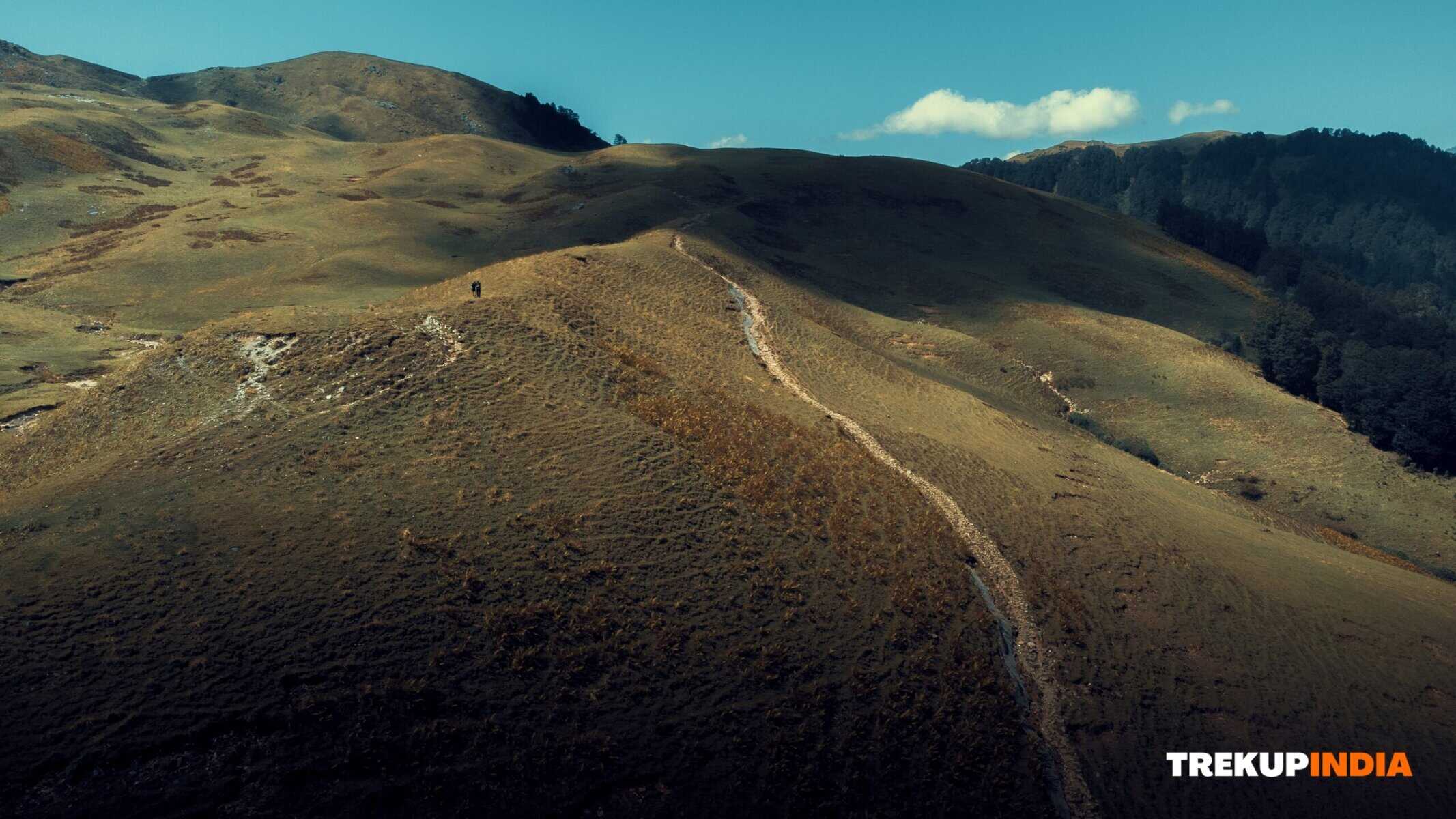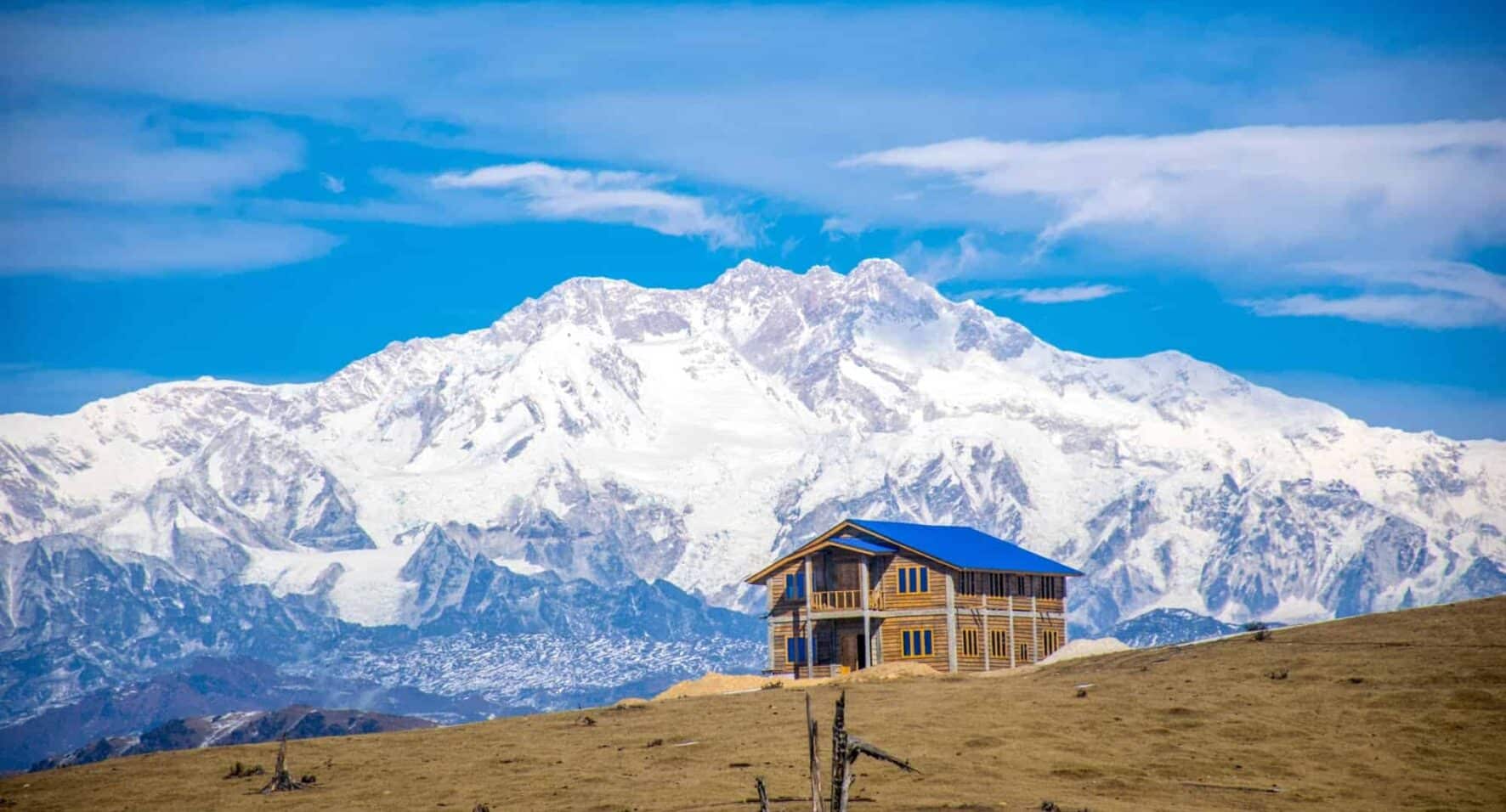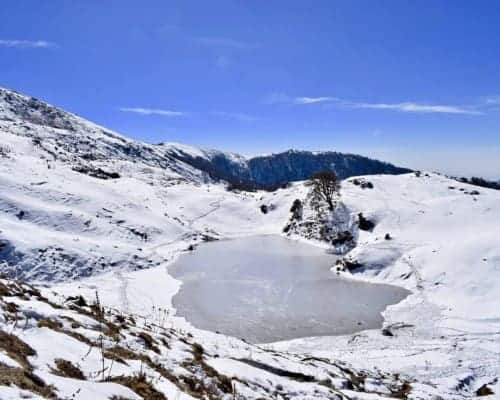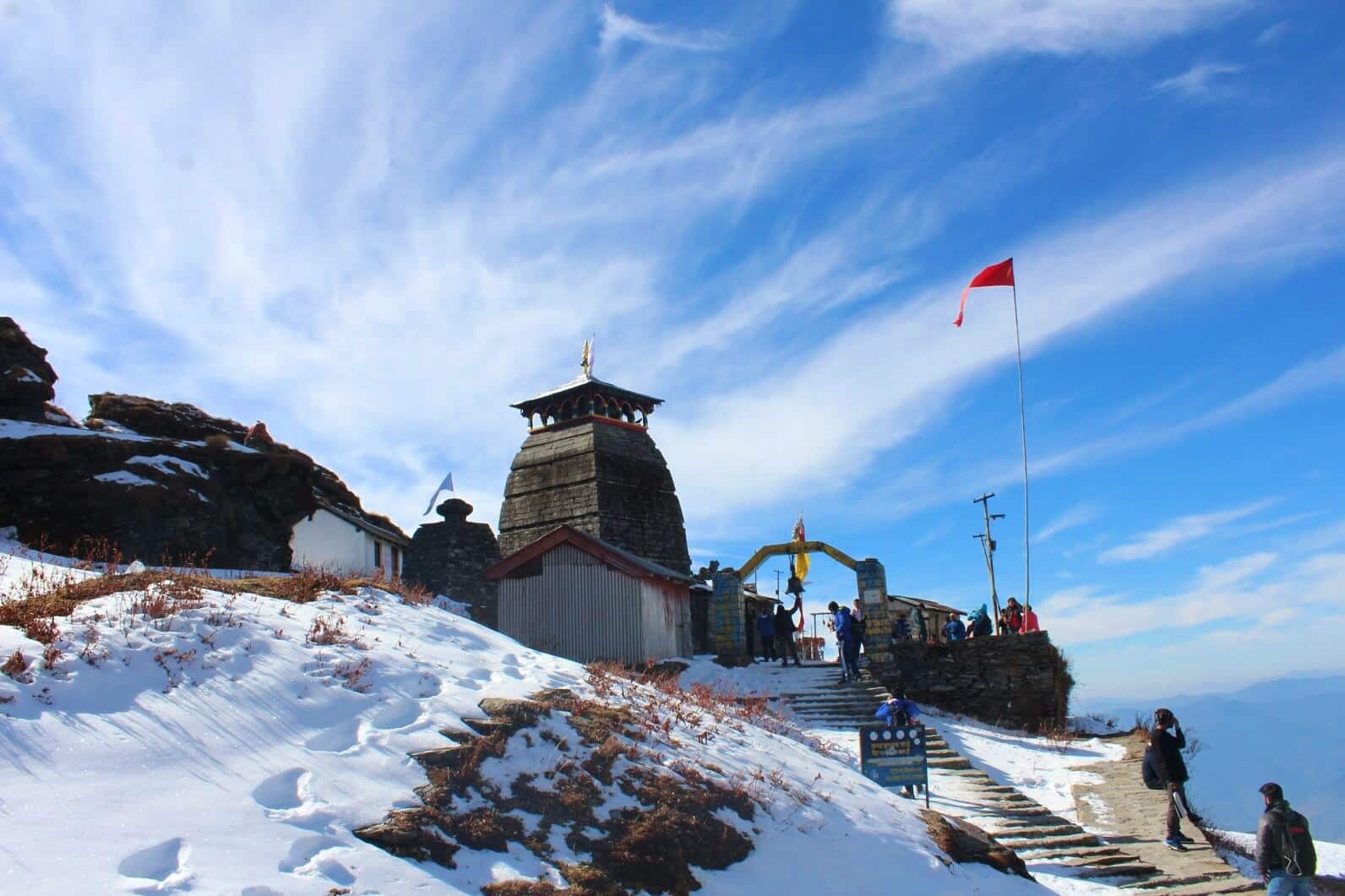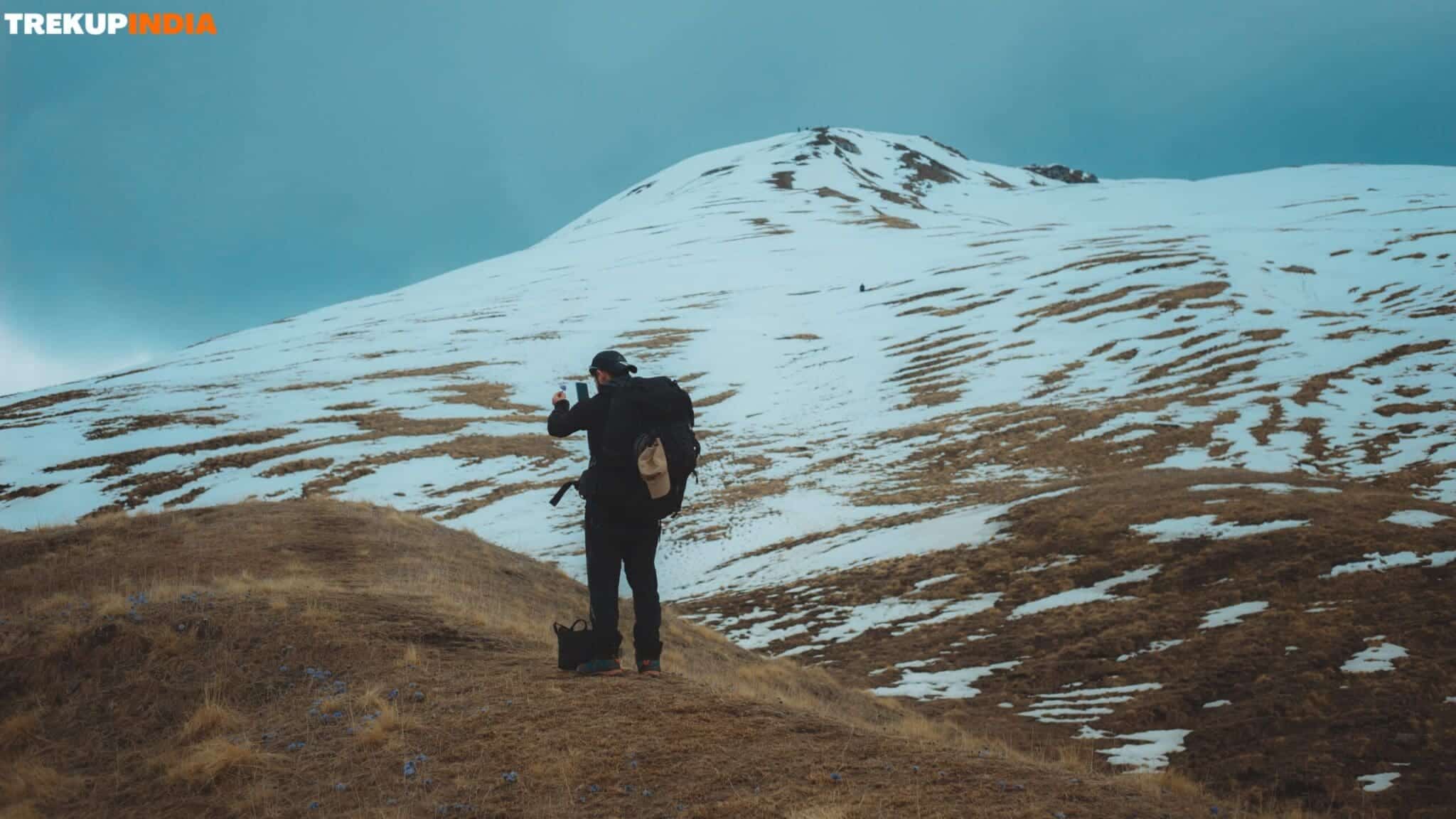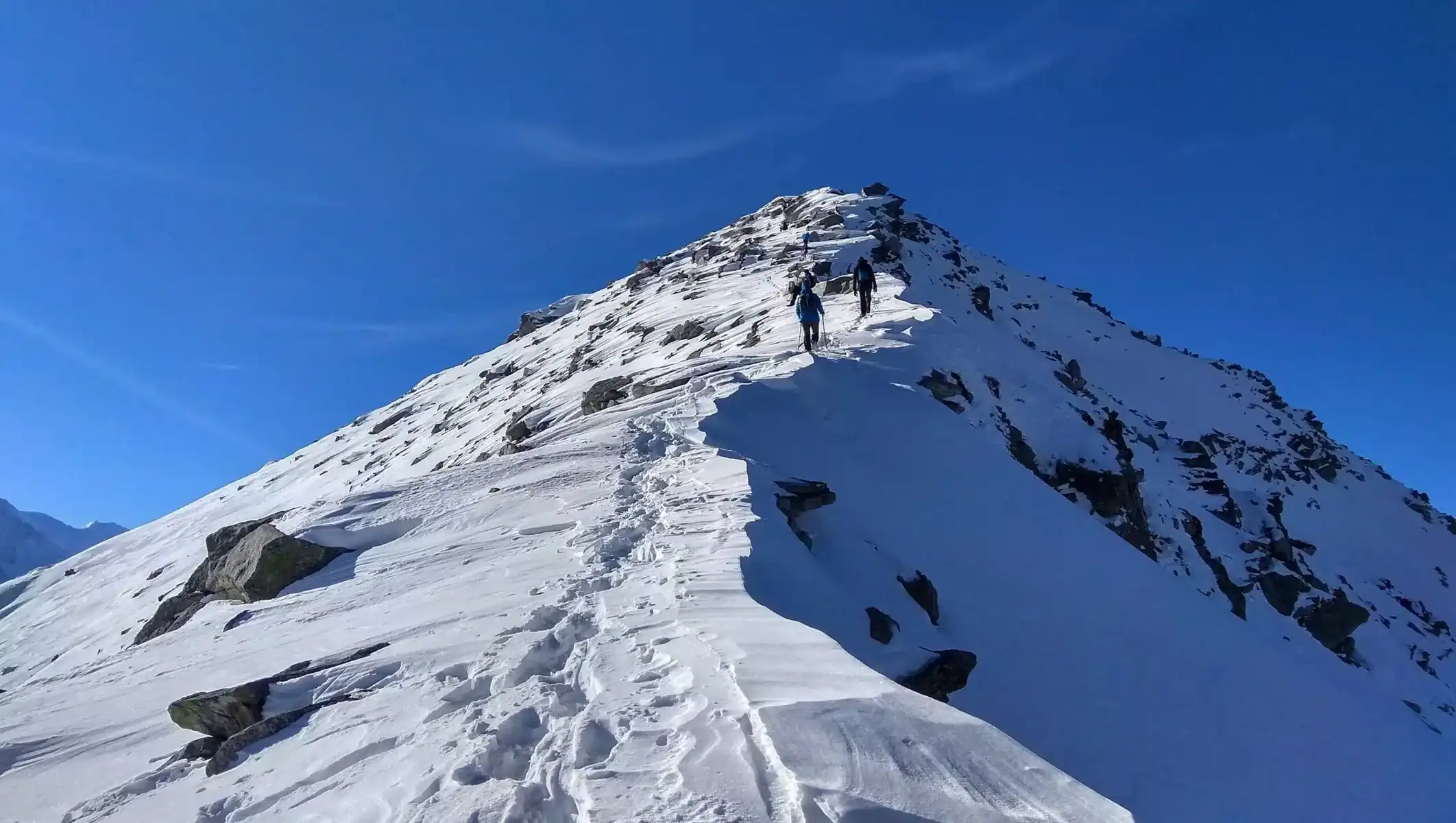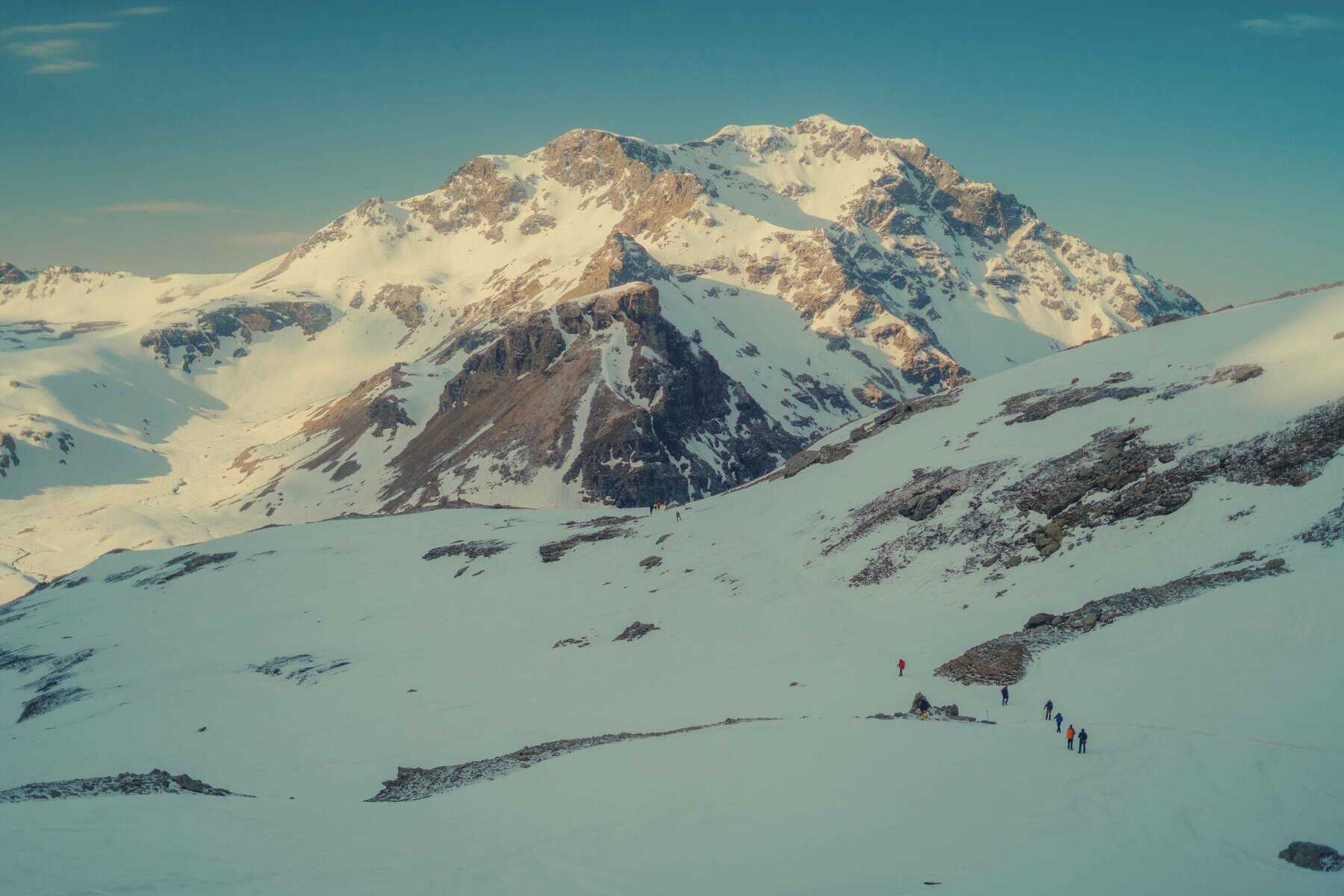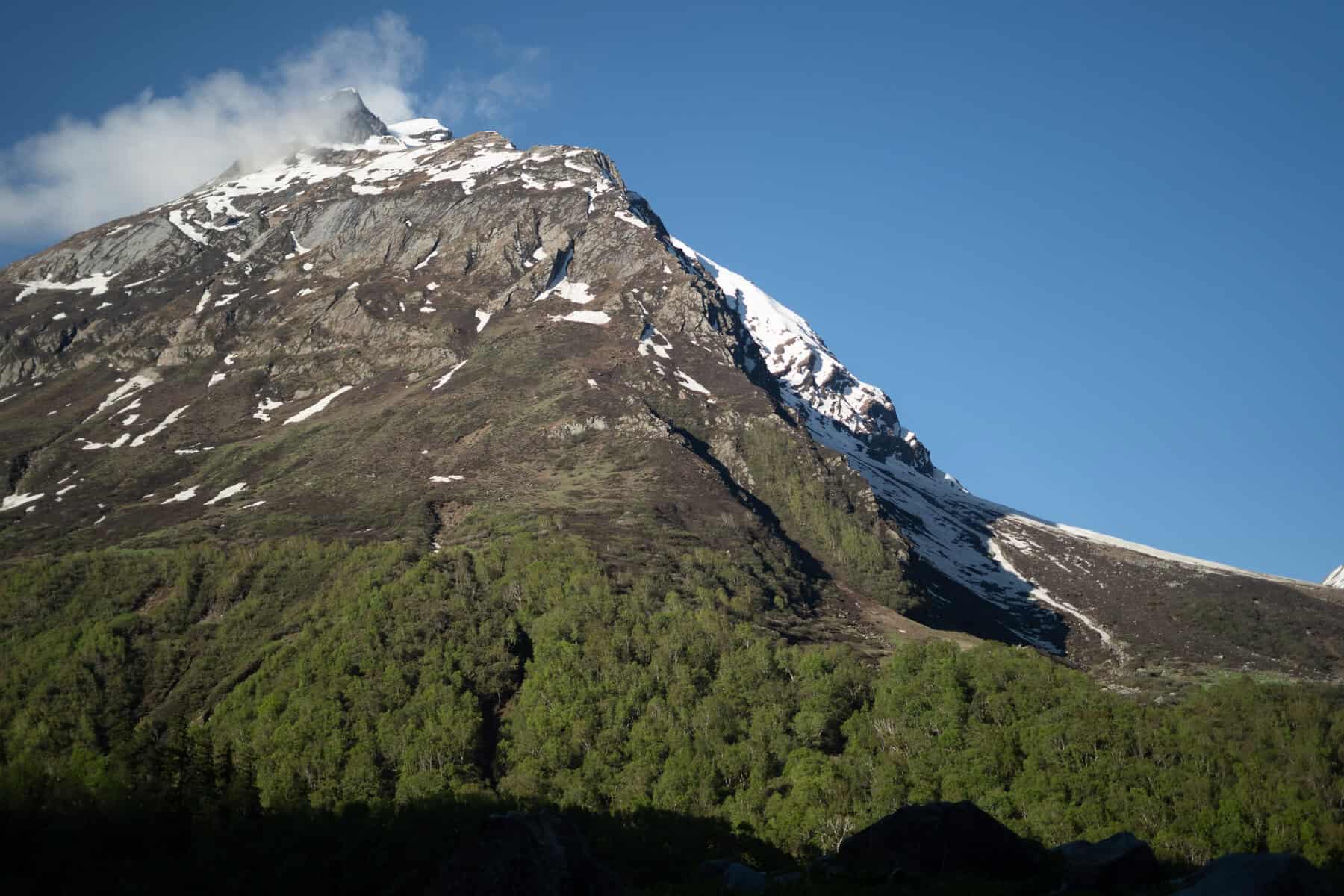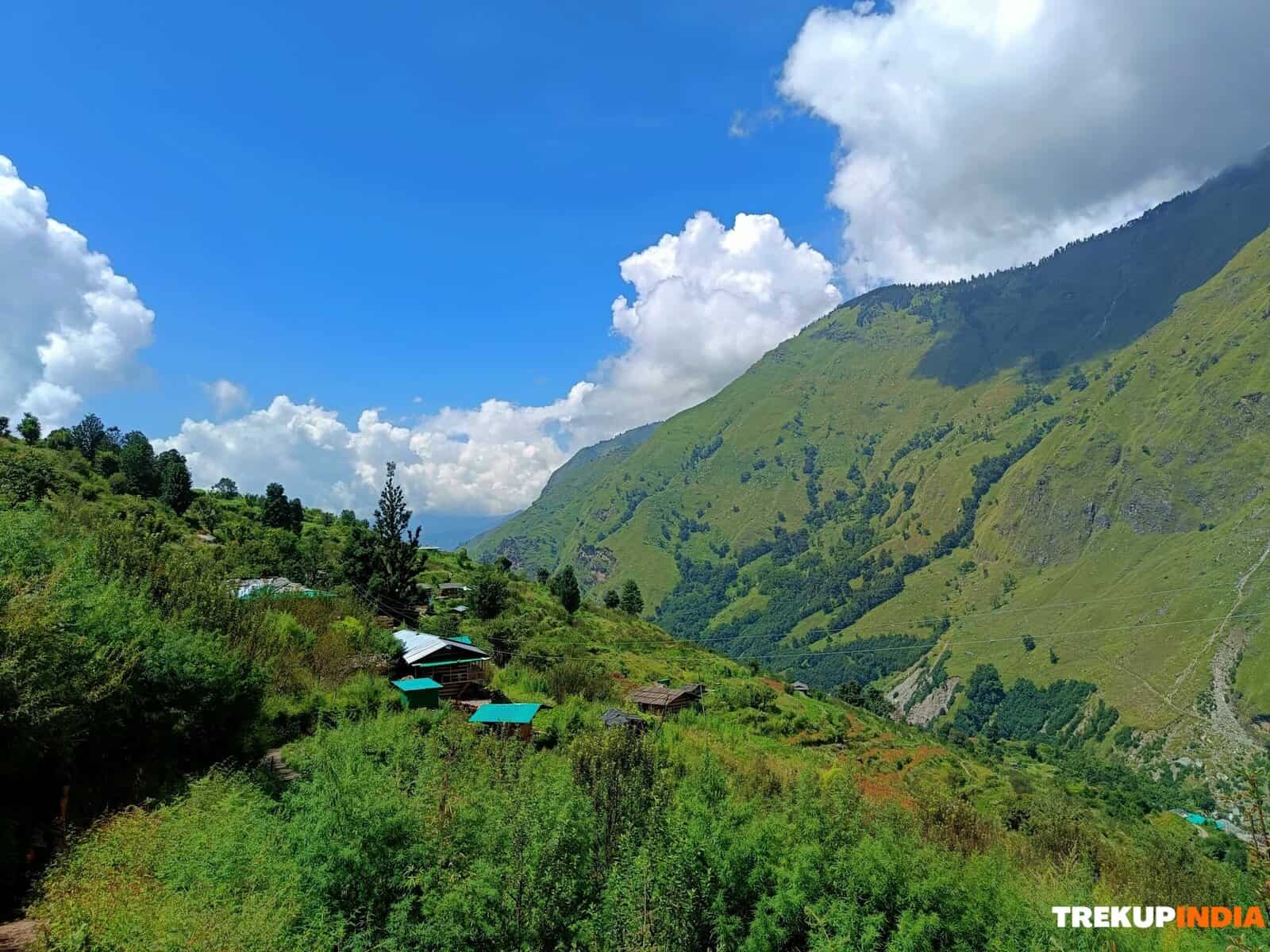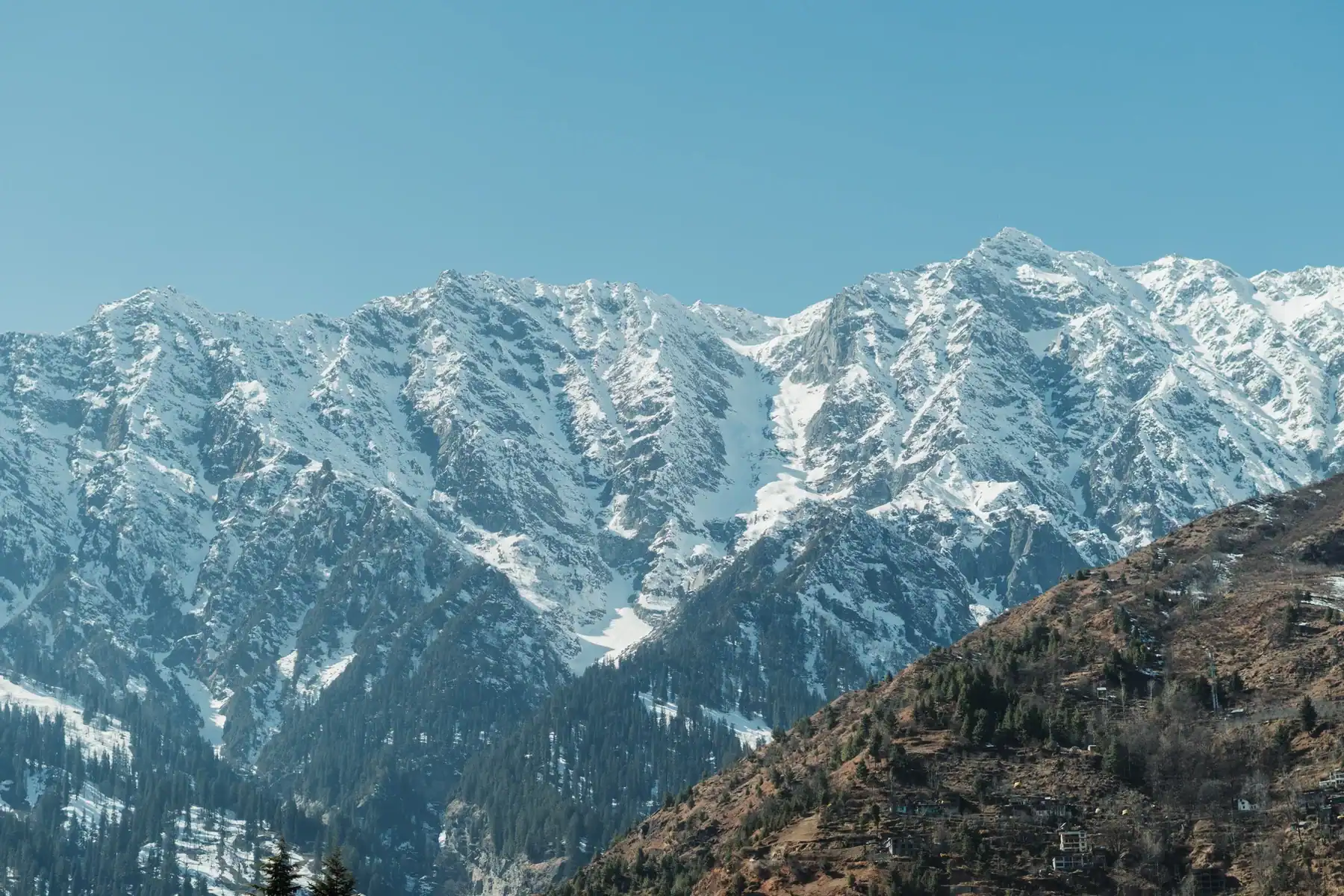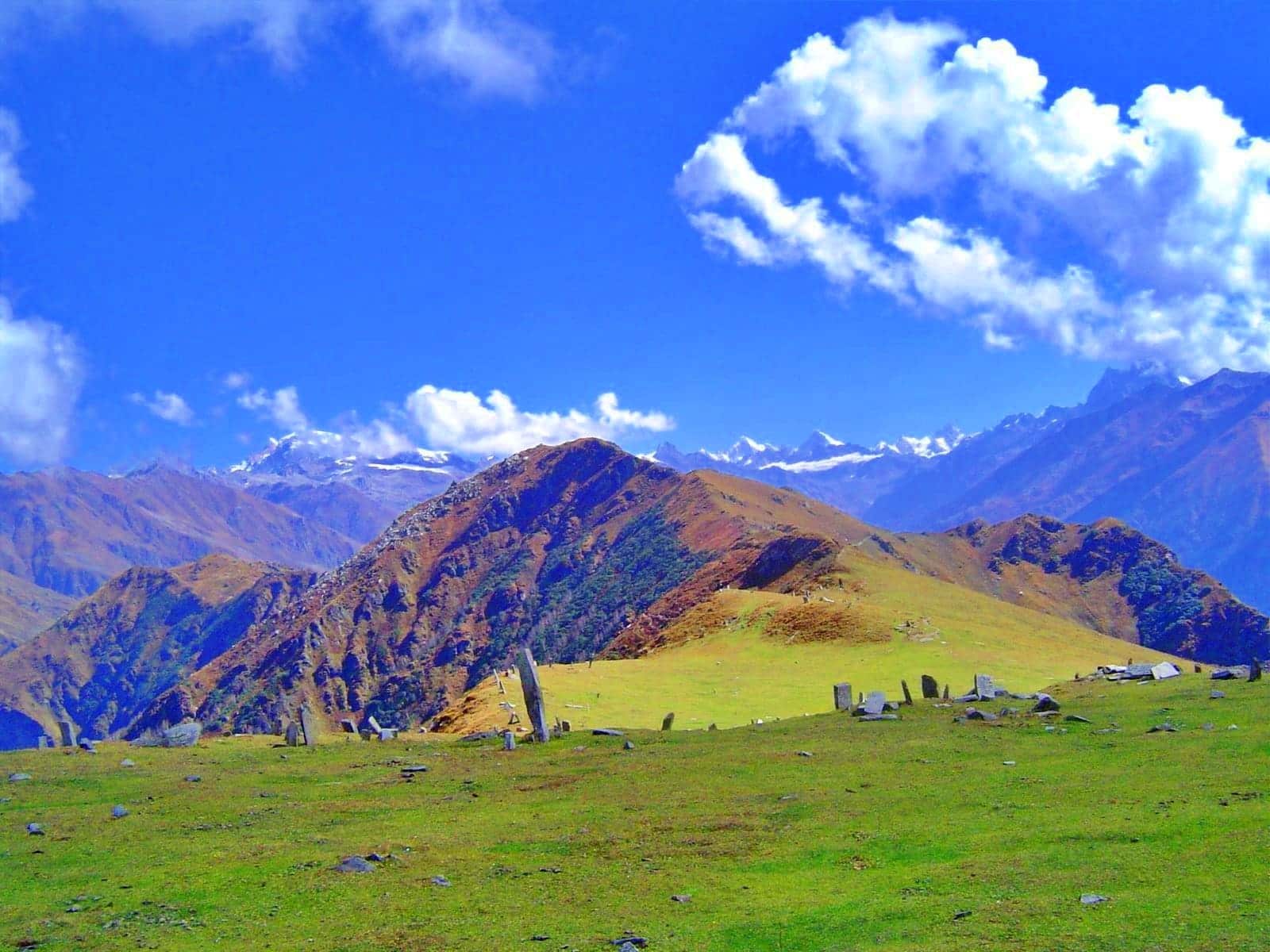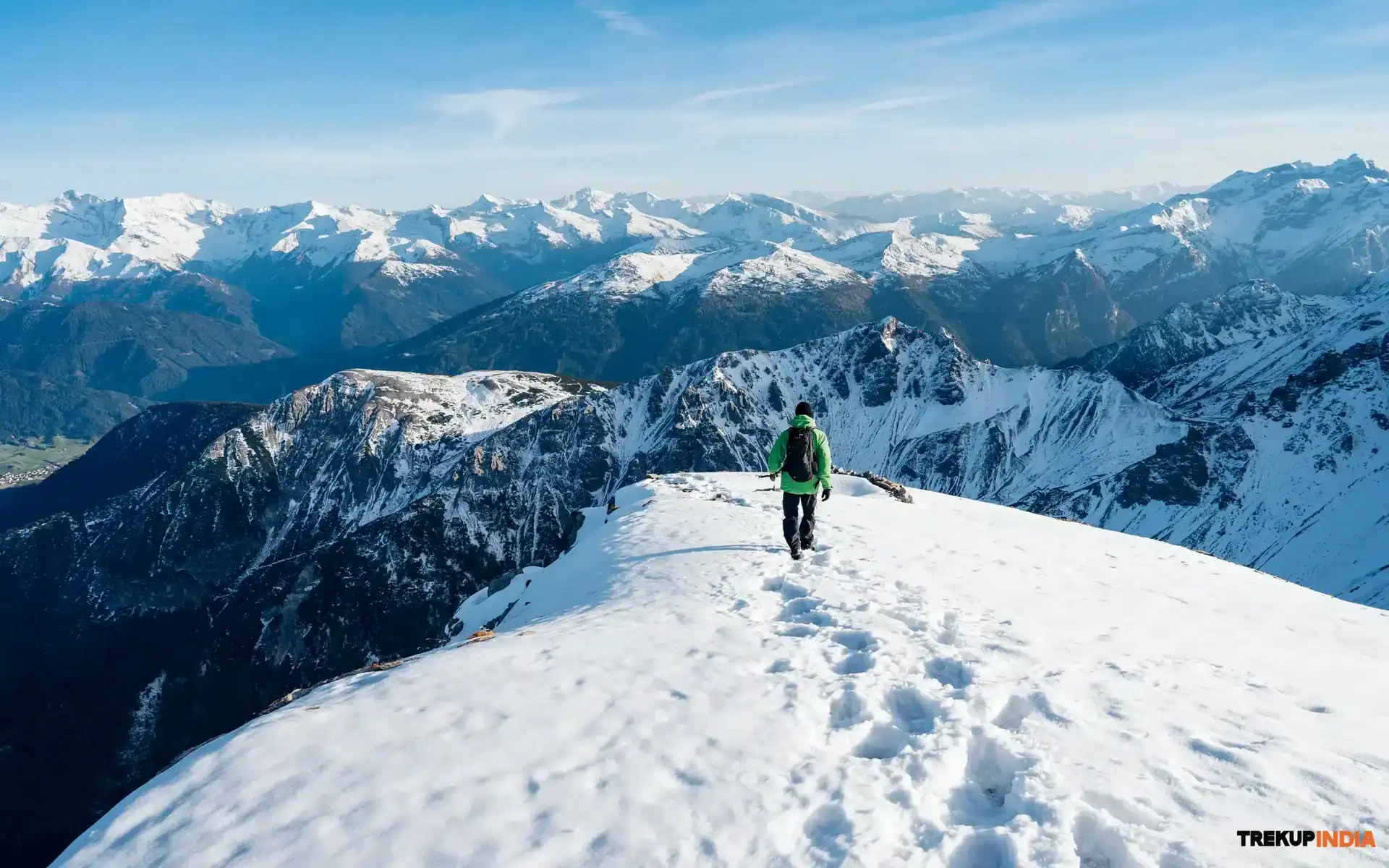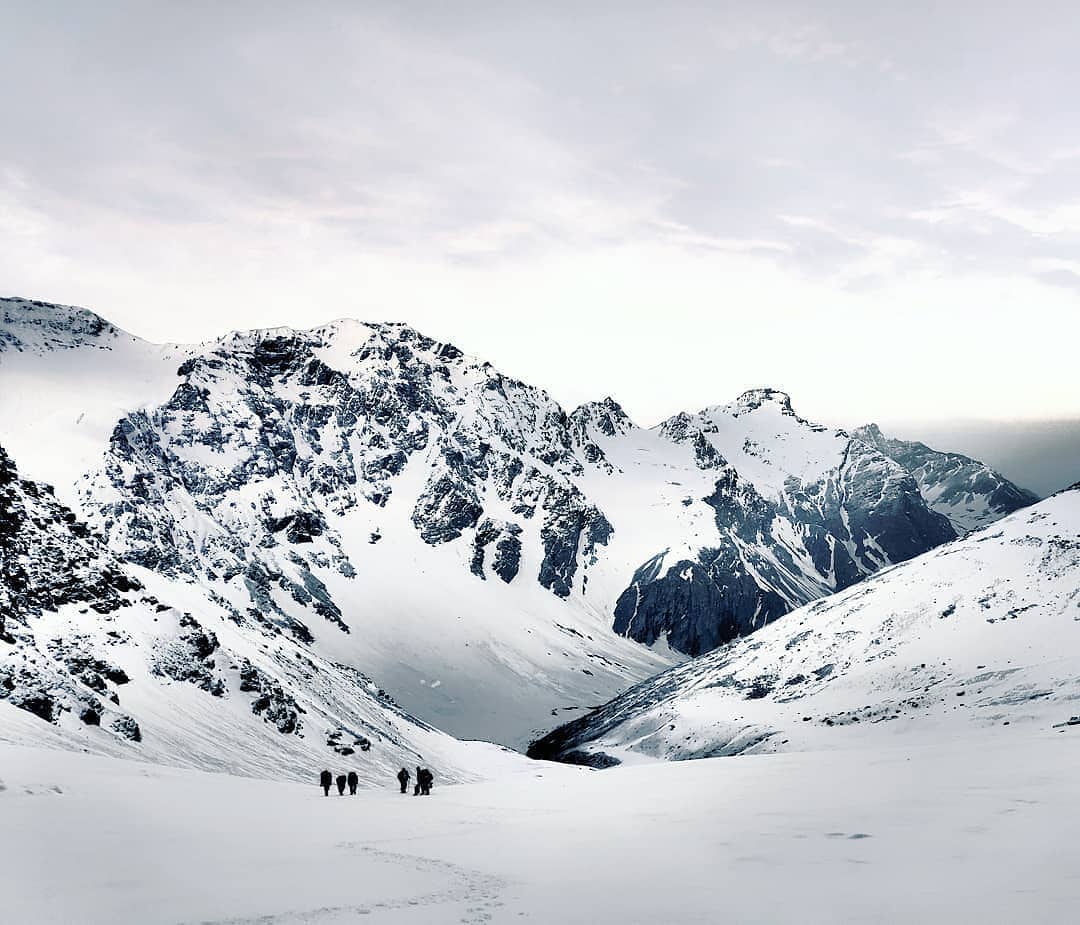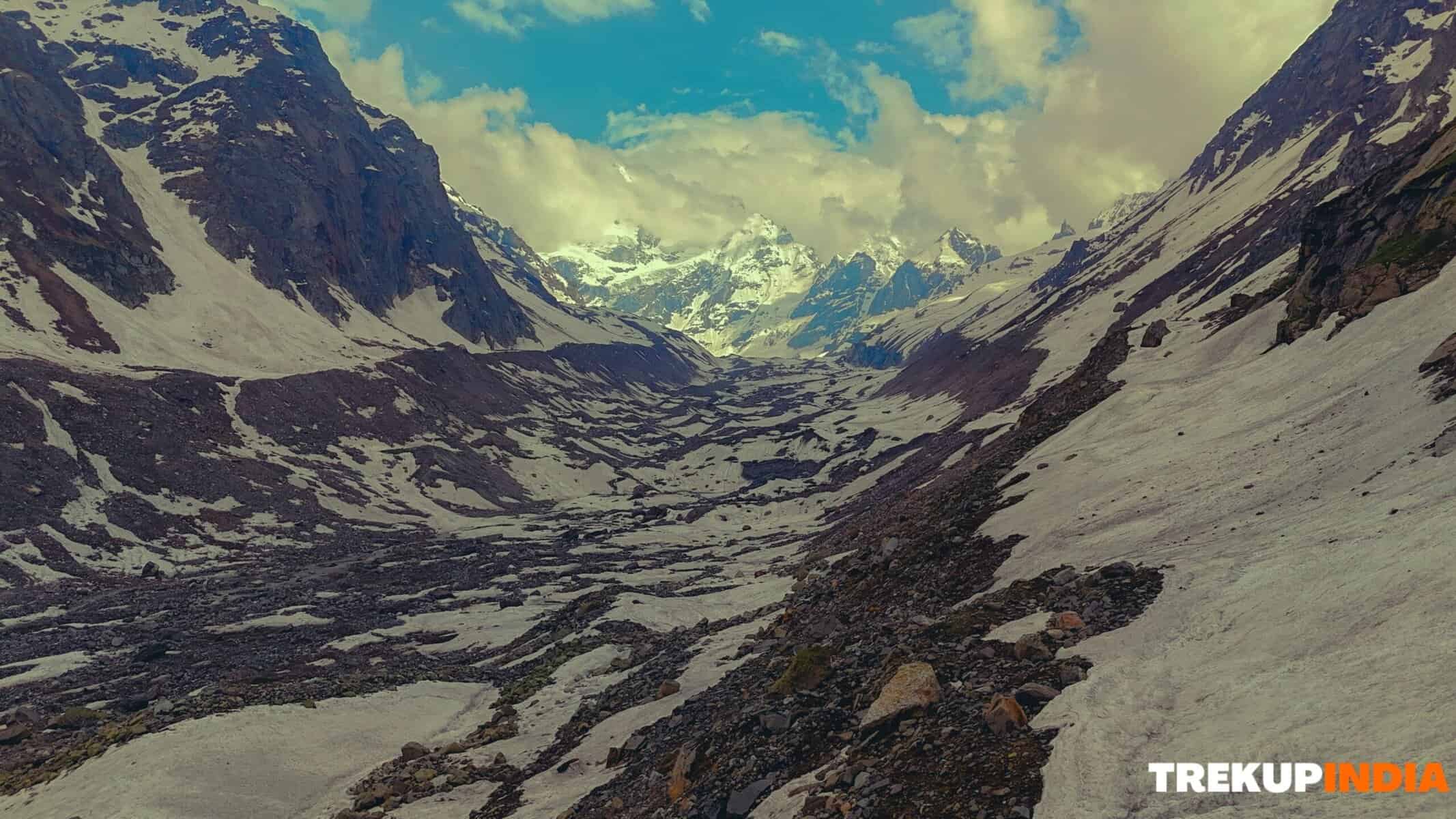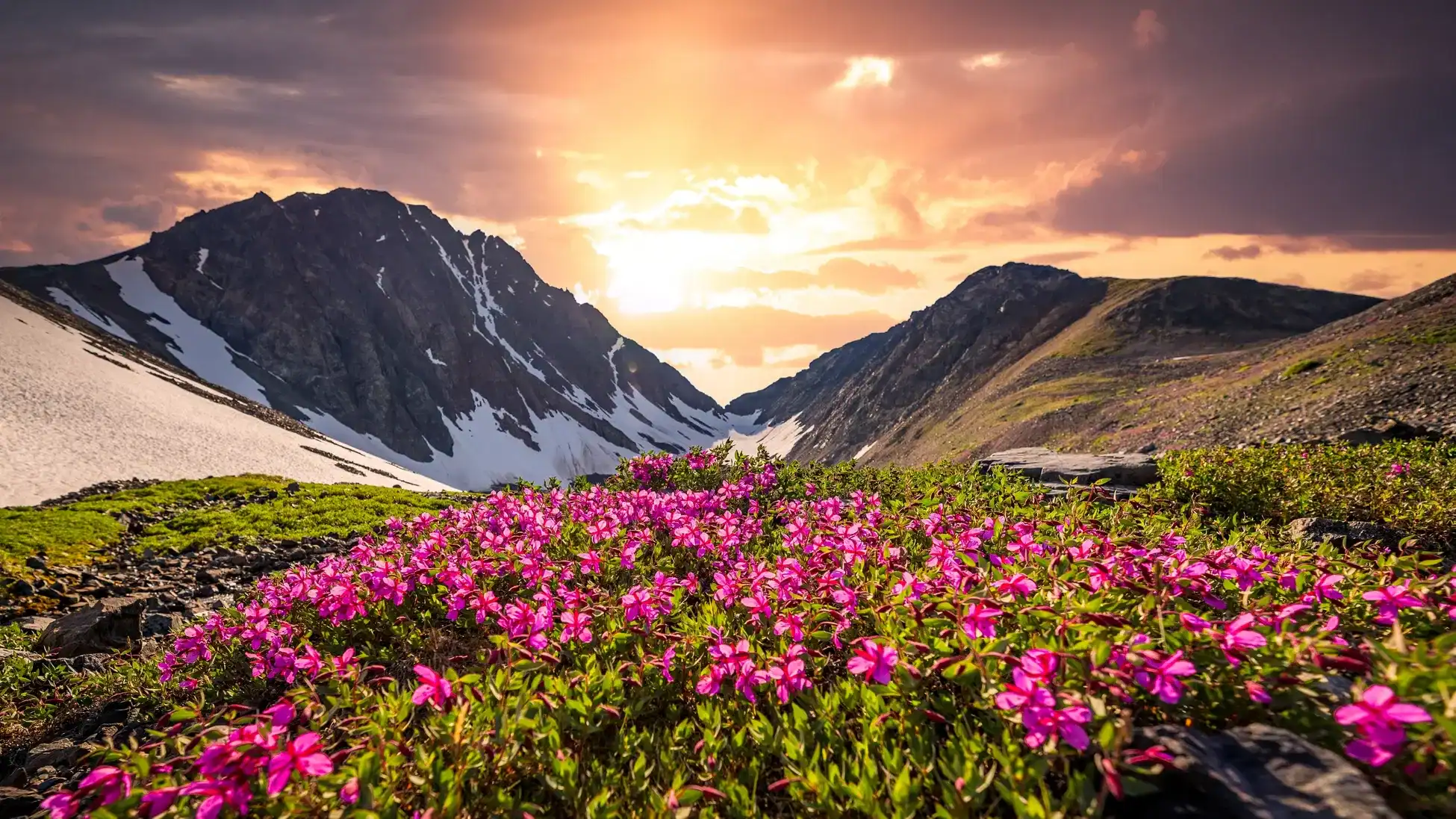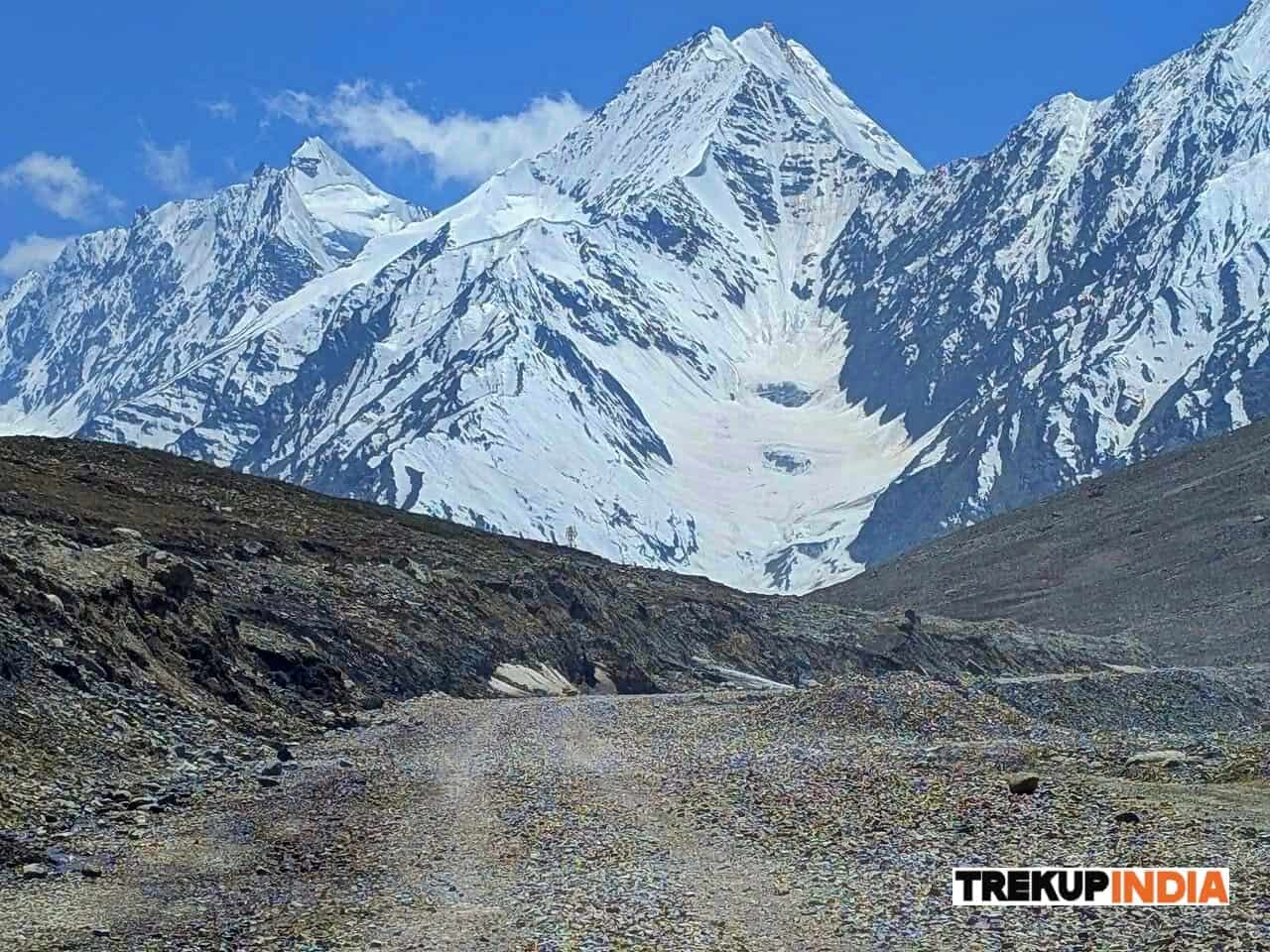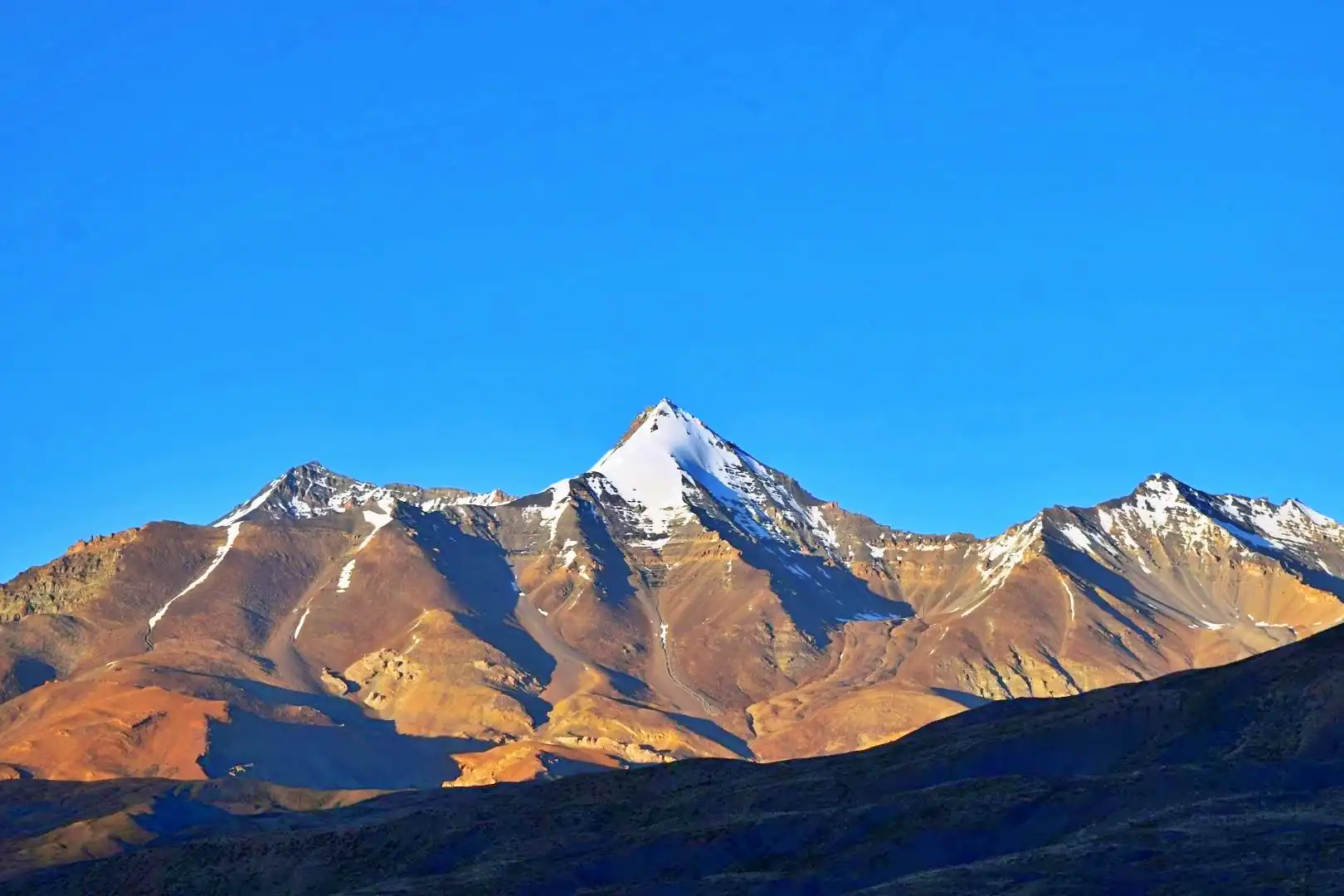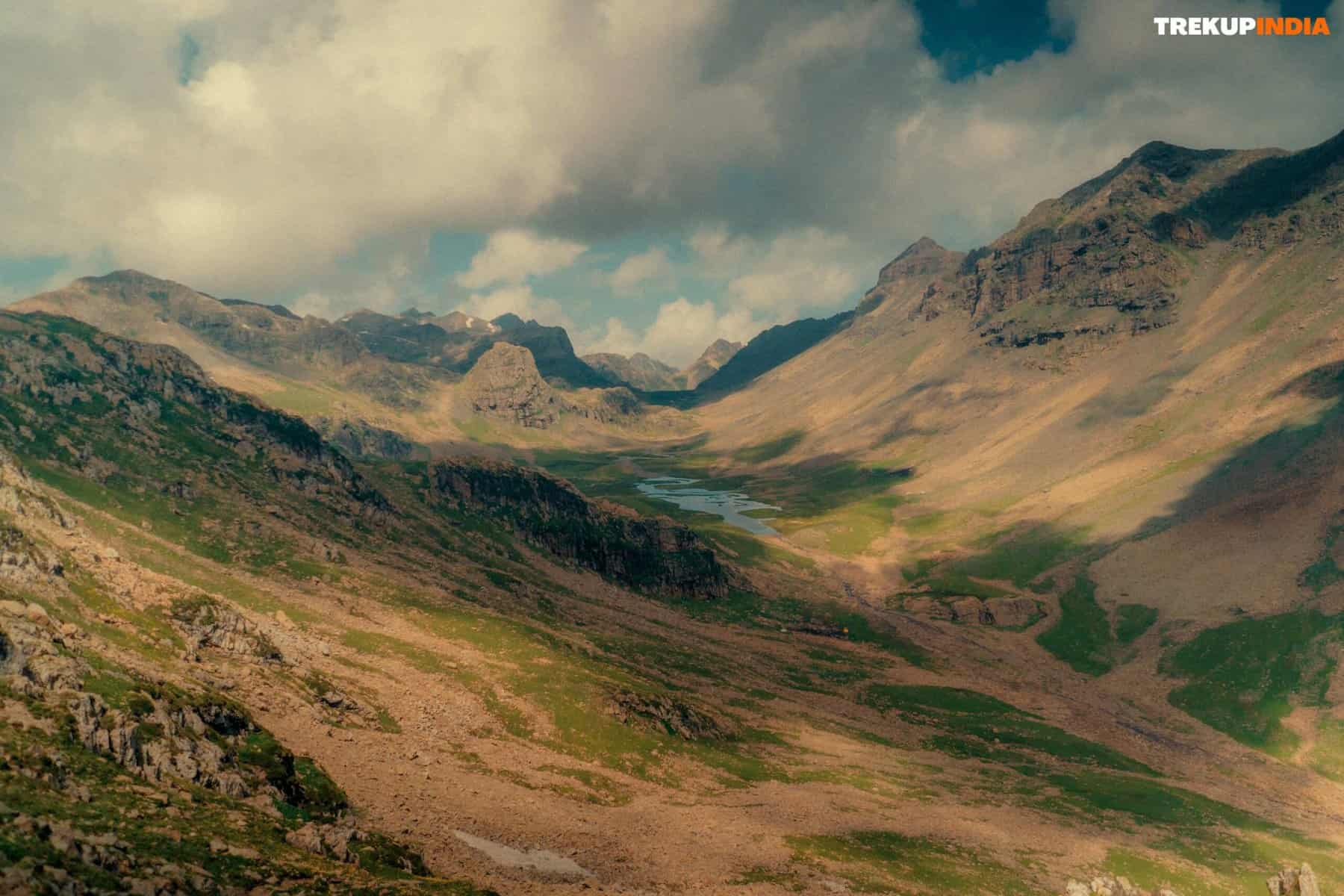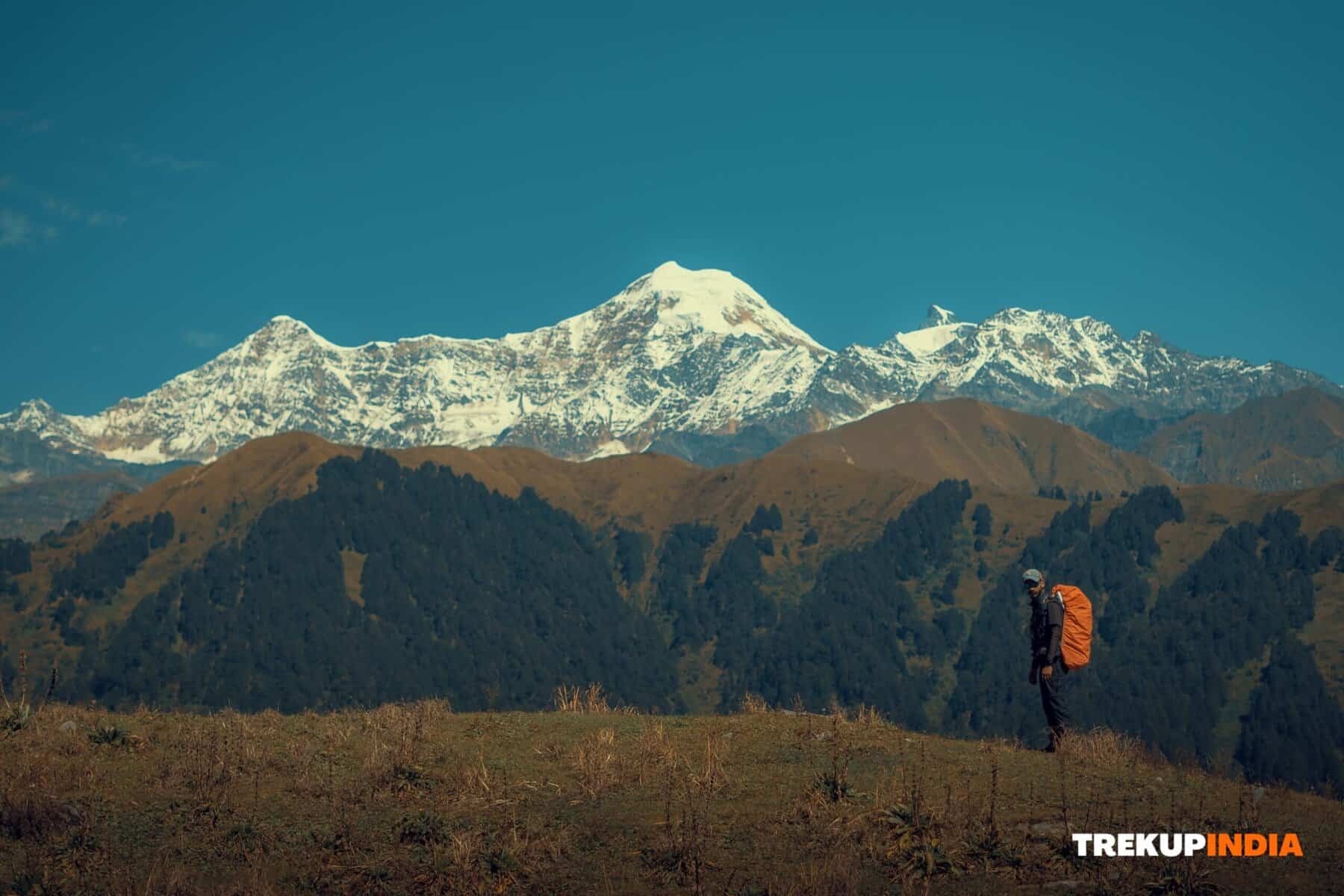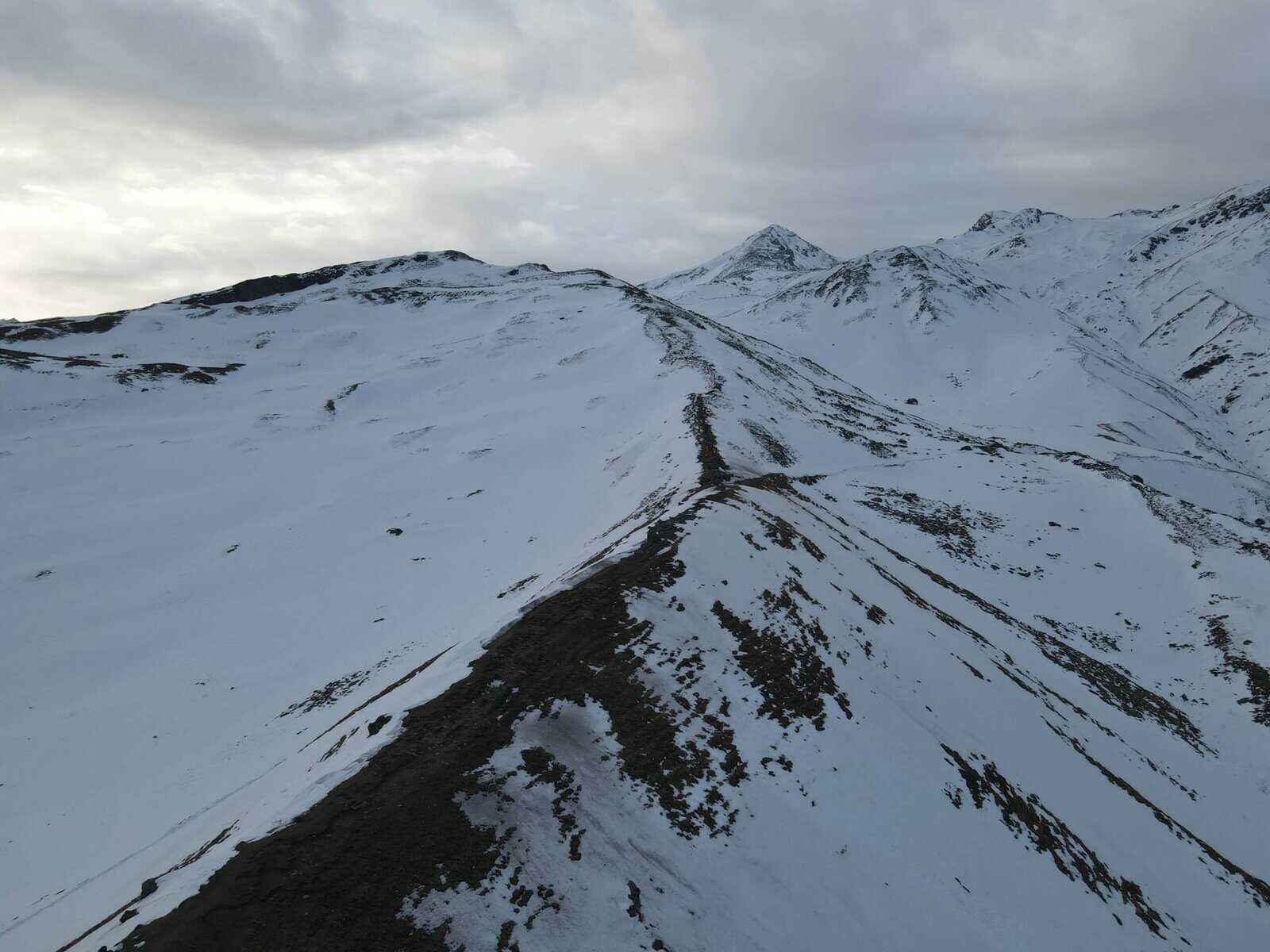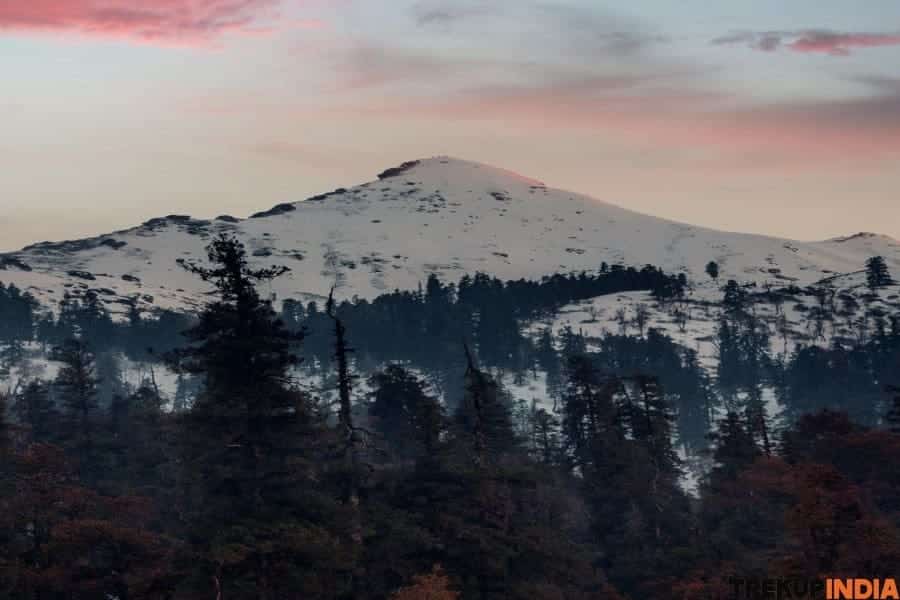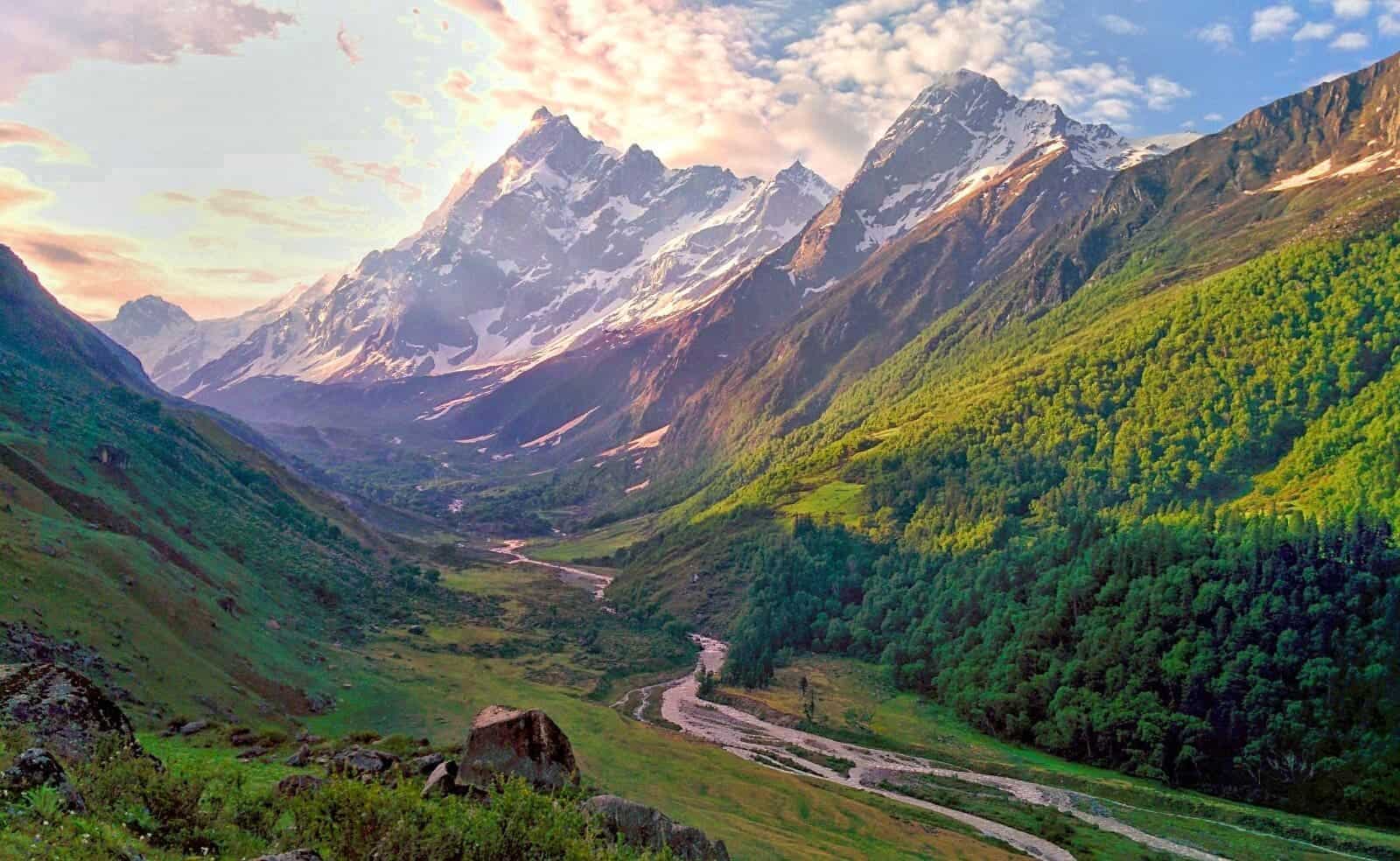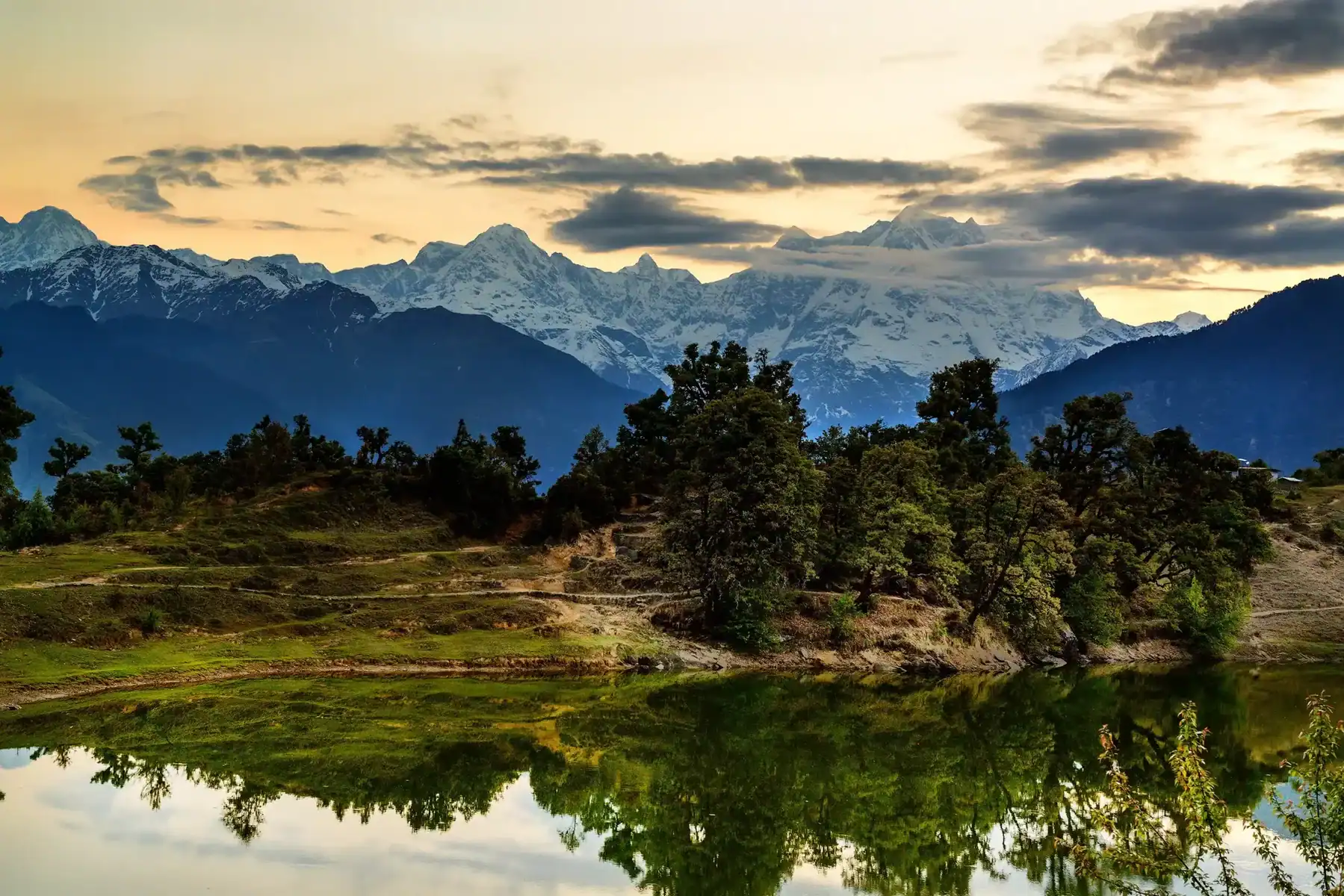Bhubhu Pass Trek
Bhubhu Pass Trek
| Region: | Himachal Pradesh |
| Duration: | 2 Day |
| Trek grade: | Moderate |
| Maximum altitude: | 9,280 ft |
| Best Time to Visit: | Early May to July to late September |
If you’re looking for an adventure through Himachal Pradesh, Bhubhu Pass should be your top choice. The breathtaking scenery and climate subtropical of the region will impress you. The trek starts with the base camp located in Old Manali and continues for two hours. Local transport is available along the Mall Road and then walk to Base Camp. To get to Manali, You can also take a private cab or vehicle rental.
It is the Bhubhu Pass trek that links two valleys, Mandi as well as Laugh and Kullu. It’s a moderately-level hike through dense forests, lush landscapes and roaring rivers. You can extend the hike according to your preferences. It is, however, advised that you’re well-fit, have previous mountain climbing experiences and that you are physically healthy. Do not take on the Bhubhu Pass hike without proper preparation if you are looking for a tough adventure.
If you are planning your trek, plan for the weather. The temperatures will drop to a sub-zero level once you arrive at the campsite. This is the best time to dress in three layers of warm clothing: a fleece or woollen base layer, a waterproof jacket, and a windbreaker or padded jacket. It is recommended to bring at least one pair of pants and an extra pair in case of rain. Also, you should bring two collared shirts and sleeves that are full to protect you against sunburns that may occur on your neck and arms. Also, you should bring thermals for the night.
It is believed that the Bhubhu Pass trek starts with a hike through the forest. On this route, visitors will see breathtaking views over the indrasan and the Deo Tibba peaks. You’ll be treated to stunning panoramas of Kangra Valley and the Bhubhu Pass. Then, you’ll hike along the mountain’s ridge until you arrive at Jhingbhan. Jhingbhan. You should look up the details online before stepping out for the hike if you’re beginning.
It is believed that the Bhubhu Pass trek starts with a dense forest of cedar and oak trees. Following that, you’ll reach the high clearing that offers panoramic views over Kangra Valley. Kangra Valley. When you continue your journey, you’ll travel through thick forests and alpine grasslands before dropping down to Dentbhial. The second day’s trek is long, and on the third, it’s shorter and simple.
To be ready for the trek, it is important to increase your endurance in the cardiovascular department. A two-day journey that is 28 km long will require you to trek to an elevation of 9280 feet. To prepare yourself for a lengthy distance hike, run for 20 minutes every day. To get acclimated, you could take up cycling, swimming or stair-climbing. The more you run each day will help improve your endurance.
The hike will take you through beautiful scenery and glaciers before dropping down into the valleys of Spiti. On the way, you’ll travel through the stunning Karzok valley and Moon-shaped Chandratal Lake. The trek will end at a lush, green valley dotted with chocolate-coloured mountains and a flowing river.
Bhubhu Pass Trek Facts
- Altitude: 2,900 metres (9,280 feet approx.)
- Trail Type: Moderate Trail. Steep slope for the final one kilometre from both sides. Steep slope toward Lagg Valley. A few trail markers toward Lagg Valley. Stay options are available from Devgarh, Dharmed, Hurang Village as well as Silh FRH.
- Rail Head: Pathankot is the closest railhead (175 km approximately. ).
- Road head: Buses are available from Jogindernagar/Palampur/Mandi bus stand. Buses heading toward Barot from J’Nagar or Mandi drop you off on Tikken Bridge and the trek begins from Tikken Bridge.
- Day One: Tikken The bridge from Silh-Budhani to FRH . 10-12km walking on the footpath, and 5km via taxi/bus – 8-10hrs
- Day 2 From FRH Hurang up to Lagg Valley 15-16 km, 8-10 hours
- The best season: Beginning of May through July, and then into the end of September.
How do I accomplish Bhubhu Pass Trek
- Guides and porters Porters and Guides are available from Barot.
- Maximum Elevation: 2900 meter – Bhubhu Pass Top
- Conditions: Moderately cold weather. It is likely to rain. Could also be snowy during April or in September.
- Permits Permits are not required to be sought. Only police registrations to be completed at the Tindi Police Post for Non-Himachali’s.
- The Bhubhu Pass (2,900 metres) is an old trail linking to the Chuhar Valley (Mandi) to the Lagh Valley (Kullu) in the state of Himachal Pradesh.
- The walk is a refreshing one, with a dense forest on one side , and uneven terrain to the other. If you happen to be among those who are a bit of a wanderer, you can take a walk over the Himri Pass from lagh Valley and then to Manali town.
- Although they are not in the primary Dhauladhars’ axis, they provide all the feeling and excitement that the Dhauladhars provide.
Bhubhu Pass Trek Detailed Trail Information
It is the Bhubhu Pass Trek (2,900 metres) is an old route that connects two valleys: the Chuhar Valley (Mandi) to the Lagh Valley (Kullu) in the state of Himachal Pradesh. It is a revitalizing one, navigating through thick forest on one hand and rough landscape on the opposite. If you happen to be one of the who are a bit of a wanderer, you can take a walk along through the Himri Pass from lagh Valley up to Manali town. While these passes aren’t located on the main Dhauladhars’ axis however, they provide all the excitement and feeling that the Dhauladhars offer.
Before I set off on this journey I had been walking towards Triund where Triund and the Himalayan spirit was really kickin’ into. Being a beginner hiker, I decided to go to Bhubhu which is a lower mountain pass and hoped for it would be a simple hike. It wasn’t. Dhauladhars are not simple. The strenuous hike to Mandi to the other side can be too steep for someone who is new to the area. Additionally, the connectivity of roads has made these passes inaccessible. Trail markers are not to be found in the Kullu side, and most of the time you must be on fours to navigate the difficult terrains.The trek begins from Tikken at the point where the road splits off to Barot the most visited tourist attraction located in Himachal Pradesh. From Tikken just a stroll of five km will take one towards Devgarh Village, where resides an ancient temple dedicated to Dev Pashakot who was who was the monarch of the Theocratic Kingdom of Chuhar Valley. A brand new Pagoda-style temple was constructed in 2012. There are rules and regulations adhered to in these communities, and you must be extremely careful when visiting temples or snapping photos. From Devgarh the trail is a 5- 6 km descend that leads into the town of Dharmed which is connected via the road. From Dharmed the other trail will take on to one of seven lakes in the Dhauladhar Himalayas. Dan Sar. It lies hidden between the Dhauladhars as well as the Bada Bhangal Mountains. You can hire a taxi or coach from Dharmed to Silh-Budhani which is the only village to be connected to the road (as as of 2012). Silh Budhani was our first stop for the day. We walked about 10-12 kilometers during the day. The discovery of an FRH was enough to make us forget all concerns. The sight of the majestic Pir-Panjals, amidst the background on an evening with a full moon was the cherry on top.
A earlier start for Day 2 will allow you to go to The Hurang Village, which is just a few kilometres from the trek route. The moment we arrived at the village, the god was set to embark on an extensive journey to meet a different deity who was from the other side of the valley. It was followed by an impressive procession. The celebrations lasted for a long duration and we were treated as special guests by people living in the village. It’s a short stroll through the disconnection point, and you’re on the route again. A tiny village called Silh-Budhani, is the last village in District Mandi which is the point from where you can enter into the realm of pink flowering Rhododendrons. As I’ve mentioned previously, the trail isn’t used as often nowadays; you have to ensure that you are following the correct path to follow.
We walked for a couple hundred metres to the opposite direction but we were able to find a leading angel in the shape of a young woman in the forest. She was there along with her livestock. The last part of the trek is a climb for two hours up to the summit on the pass. There is a river flowing across the trail, meaning there’s plenty of water to drink along the way. The only problem is the sun. The sun’s rays are bright and damages your back. Make sure to take sunscreen. Although you are on the Mandi side is bright and bright The opposite side is dark and shaded. I believe that the snow does not melt across the other because it doesn’t get the sun’s rays.
The descent is also extremely risky. At least , it seemed so at the time we crossed it, as the entire area was covered in snow. It was my second trip. As we crossed this Pass in the month of April, this descent appeared like it was a lot more difficult since I had never had anything like it before. When I was done with my arguments, my companion was already negotiating the way to his destination. And I was left with no choice other than to follow him. If you’re not experienced with hiking on trails that are not marked this one isn’t designed for you, as it’s extremely risky to walk the pass. You must walk through the thick and dry pine leaves that can reveal themselves at any moment. In addition you must negotiate 500 metres of a steep slope, which is covered in hard snow.
This mountain offers a breathtaking panorama over the Pir Panjals and Dhauladhars. On a clear day, you will take in the magnificent beauty of Deo Tibba (6,001 metres) and Indrasan (6,221 meters). If you were able to leap or fly like Charles Austin or even manage to leap half as high as him, you could reach the two mountain ranges. This is could be close. As we headed down at 4 pm we ran into a man who was making his way to the Churah Valley. He was returning home to Kullu and he informed us that he could get to the summit on the hill in just 45 minutes in a flat. 30 minutes when it was more snowy.The title of the very first village located in the Lagg Valley is Kadon. It’s a tiny village that has no more than five or six houses. To your right is an enormous mountain, and the path to Manali is via the Himri Pass. To the right, the route takes you to the stunning Tiun Village , which serves as the entry point to one of the passes on the Dhauladhars, Sari Pass. Sari Pass. It is located in Kullu town is located 11km from the village. You can walk to the town or hire a car within the community.
Dates For Upcoming Treks
Want To Trek Like Pro?
Basically, watch these videos if you want to trek the same way professional trekkers do and make your skills better. These videos contain useful tips and techniques to further improve your trekking skills itself. These videos actually help both new and experienced trekkers improve their trekking skills. These videos definitely provide useful tips that make your trek better. We are seeing that these videos by Trekup India experts will only help you make your trekking skills better.
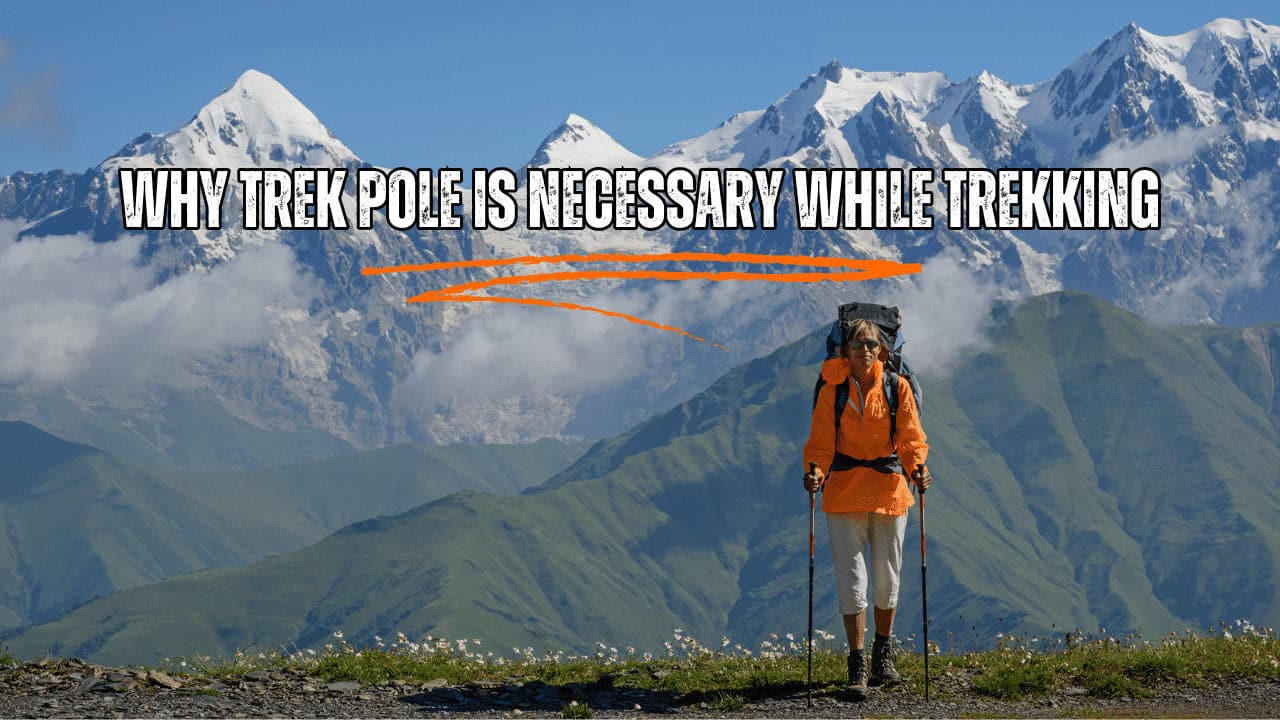




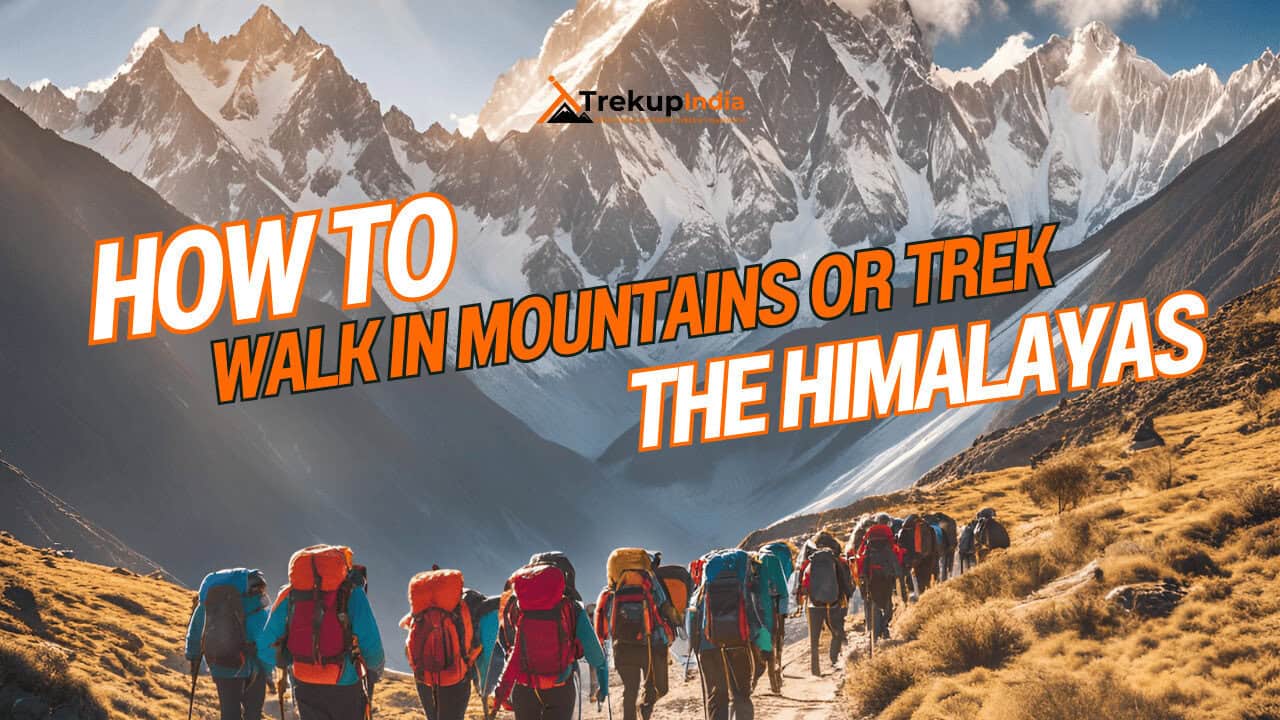

Know Everything About Acute Mountain Sickness
Acute Mountain Sickness occurs when people trek to high altitudes above 8,000 feet. This condition itself develops further due to reduced oxygen levels at such heights. Basically, as you go higher up, the air pressure and oxygen levels decrease, which causes the same problem. Acute Mountain Sickness surely causes headache, nausea, vomiting, and dizziness in affected persons. Moreover, peoples also experience difficulty in sleeping during this condition. To avoid mountain sickness, you should actually trek up slowly to higher altitudes. To learn further about this condition itself, watch the videos by Trekup India.
